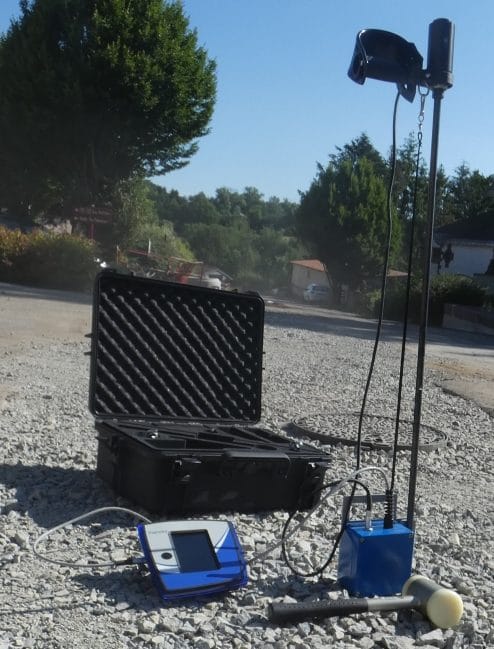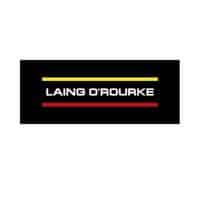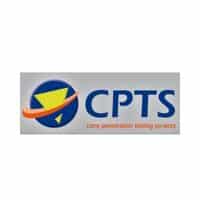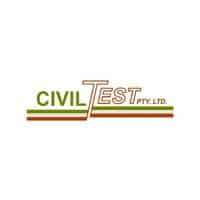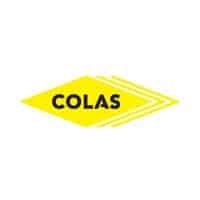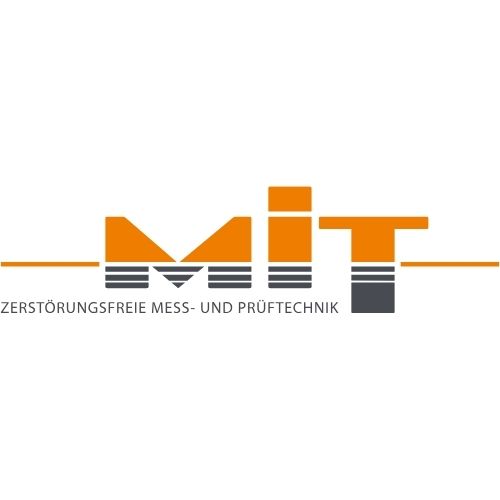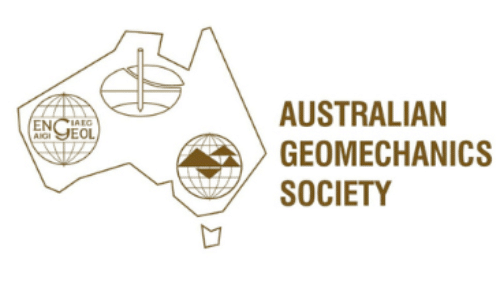PANDA® Dynamic Cone Penetrometer (DCP)
- Used for compaction control and site investigation
- Portable method for evaluating soil strength
- Immediate repeatable results so that on-site decisions can be made straight away
- Overcomes traditional DCP rod friction issues
- Good for testing in challenging conditions (e.g. steeply sloping ground, remote locations, soft and marshy ground, oer-water or confined spaces).
- Meets NF P 94-105 standard for compaction control
The PANDA® Instrumented Dynamic Cone Penetrometer (DCP) measures and displays a material’s in-situ resistance to penetration through the depth profile of the material.
We describe the PANDA® as a DCP on steroids. It has so much more capability than a conventional DCP and overcomes the safety issues. To minimise rod friction, cones larger than the diameter of the rods are used, enabling meaningful data to be collected below the 1-2m limitation of the conventional DCP. Several studies have shown that the PANDA® measurements are as accurate and reliable as the Cone Penetration Test (CPT). The benefit is that the PANDA® equipment can be used where the CPT vehicles are not suitable.
For deep or repetitive tests in the mid range of operation, a one person operated electric electric automatic hammer is available as an alternative to using the 1.7kg hammer.
For very stiff materials, the hammering column gives you more energy than with the 1.7kg manual hammer (heavier and axial energy).
PANDA® data is downloaded to WebSprint©, the cloud based software for securely storing, processing and interpreting your geotechnical data.
WebSprint© facilitates easy collaboration across your team and gives you access to compaction control, soil investigation and correlations modules.
Compaction Control
The PANDA® is used to monitoring layer thickness, and to assess compaction homogeneity. It’s also used for layer identification. It’s designed to NF P 94-105, Soils – Investigation and Testing – Measuring Compaction Quality – Method using Variable Energy Dynamic Penetrometer – Penetrometer Calibration Principle and Method – Processing Results – Interpretation – April 2012.
You can see real time when doing the test if your material is within specification or not.
For compaction control, an integrated compaction control database for various soil types is used where the measurement of the driving depth (mm) and cone tip resistance (qd) is compared to a database based on the type of soil (soil classification), its water content and the required compaction quality (%OPN or OPM). The database of more than 2500 data points is catalogued in terms of plasticity, grain size distribution, water content, and level of compaction for both natural and artificial (crushed gravels) material types.
The related pre-calibrated reference and refusal lines, when compared to the test data, allow an assessment of the quality of the compaction to be made.
Soil Investigation
Site characterisation is unarguably the most important, but also most “difficult”, component of geo-engineering. The PANDA® probe is designed to improve the quality of site characterisation and reduce the difficulties involved.
A geological profile (database available) can be associated with the penetrogram, giving a pictorial representation of the geology and stiffness of the ground.
The typical operating range of the PANDA® is 4-6 metres depth in soils with a cone resistance of 20-30 MPa. Exceptionally, depths of about 17m have been reached in weak soils.
Variable energy means the operator can change the force applied so more data points can be taken in weak materials, like mine tailings.
Tests orientation can be anywhere from vertical to horizontal (e.g. for tunnel walls).
The PANDA® probe can be used where Cone Penetration Test (CPT) vehicles are not suitable.
PANDA® Dynamic Cone Penetrometer (DCP) Options – Automatic Hammer, Hammering Column and Mechanical Rod Extractor
Automatic Hammer – For deep or repetitive tests, an automatic hammer is available as an alternative to using the 1.7kg hammer. The Automatic Hammer can also be operated by one person. It has a 10kg drop weight with a fixed drop height and is powered by small 240V electric generator. Penetration is at a rate of 1 blow per 3.5 seconds.
Hammering Column – The hammering column gives you more energy than with the 1.7kg manual hammer (heavier drop weight and axial energy)
- Constant energy (free falling) or variable (by accelerated the 5kg drop hammer)
- Alternating hammering left hand – right hand, two hands
- Hammering type change possible during a single PANDA® test (manual hammering, hammering column, electric automatic hammer)
- Suited for stiff and very stiff materials
Rod Extractor – Although the PANDA® Dynamic Cone Penetrometer (DCP) is supplied with a lightweight T-piece rod extractor, for most applications, this Mechanical Rod Extractor is preferable.
Advantages
- Faster
- Provides immediate results so that on-site decisions can be made straight away.
- 5-10 minutes per test typical with results viewable on site
- Accurate and Repeatable
- By overcoming rod friction, correlates well with Cone Penetration Test (CPT)
- Non destructive (almost)
- Without errors
- Equipment is instrumented (data is automatically and accurately recorded)
- Results are machine produced (overcoming manual data recording, transposition or calculation errors and fictitious results)
- Improved data flow and integrity using WebSprint©
- GPS located and time stamped – know where and when every test is done
- Visually presented results
- Graphical representation of the data (penetrogram) on the hand held terminal, potting depth and cone tip resistance (qd) and your compaction control specification (reference and refusal lines)
- Improved safety
- Safe to operate (overcomes the safety issues of hand / finger crushing and back injury associated with the conventional Dynamic Cone Penetrometer (DCP)
- Cost effective
- One person operation: Small, portable and lightweight – 18.5kg unit – ideal to transport in hold baggage on the aeroplane for transport to remote locations
- Thanks to its compact size and light weight, the PANDA® probe is extremely mobile and able to investigate areas with limited access or height restrictions. For example, it can be used in basements, on very steep slopes, in back yards and tunnels. No support equipment is required.
Applications
Applications for the PANDA® Instrumented Variable Energy Dynamic Cone Penetrometer from Sol Solution include archeology, cable and pipe laying, trench work, flexible pavements, backfill, unsealed roads and mine haul roads, landfill facilities, solar farms, tunnels (e.g. testing horizontally), railway / railroad track beds and ballast (ballast fouling and formation assessment), cuttings and embankments, bridge abutments (e.g. testing horizontally and vertically), airport runway and taxiways, hard standing areas, dam construction (and mine tailings), canal building, building foundations, electricity pylons and poles, telecom masts, property sub-divisions, backyards, very sleep slopes and temporary works platforms (piling rigs and mobile crane pads). Here is the PANDA® in action in various applications, case studies and research papers on some of these applications too.
Clients include those involved in pavement construction, pavement rehabilitation, material testing, geotechnical testing and site investigation and include utilities (gas, electricity and water), road and rail authorities, councils, asset managers, mines, mobile crane and piling rig contractors, engineering and construction groups, subcontractors, geotechnical consultancies and research organisations.
Dynamic Cone Penetrometer (DCP) Calibration, Service and Spare Parts
Insitutek are proud to represent Sol Solution PANDA Dynamic Cone Penetrometers (DCP’s) in Australia, New Zealand and the Pacific Islands and provide a very high level of client support.
We offer a complete spectrum of services including after-sale technical support, servicing, repairs, and calibrations. Our service centre is also well stocked with spare parts and consumables.
To find out more, Contact Us.

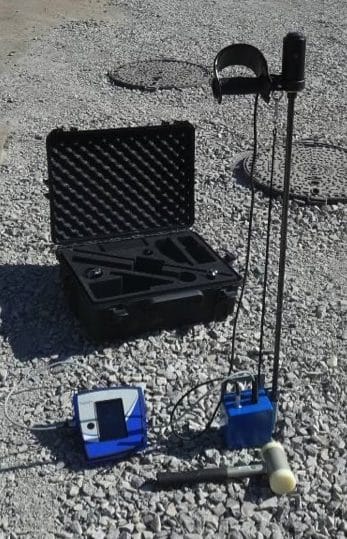
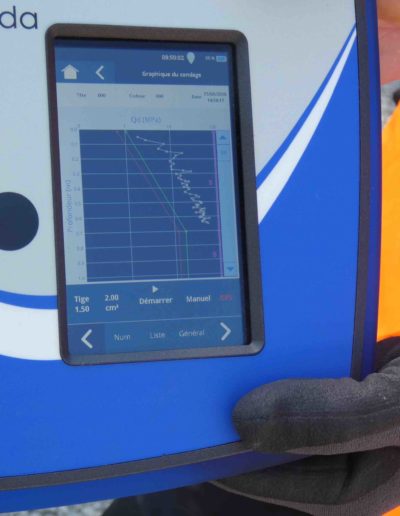
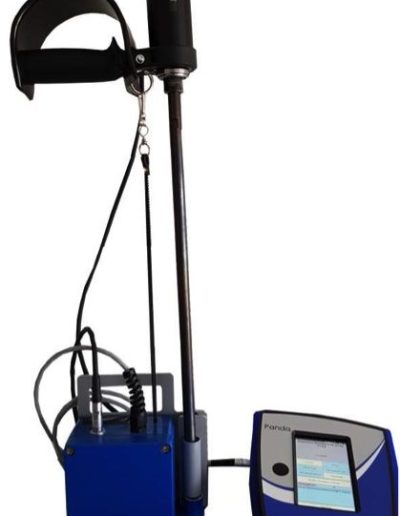
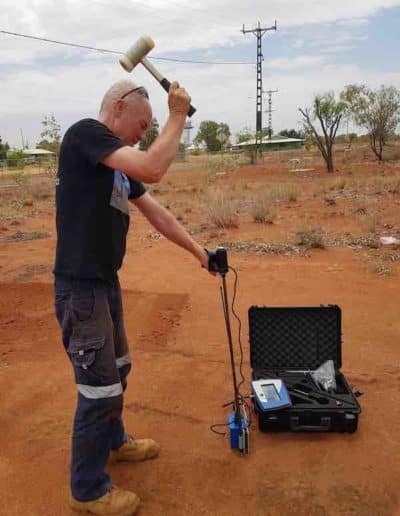
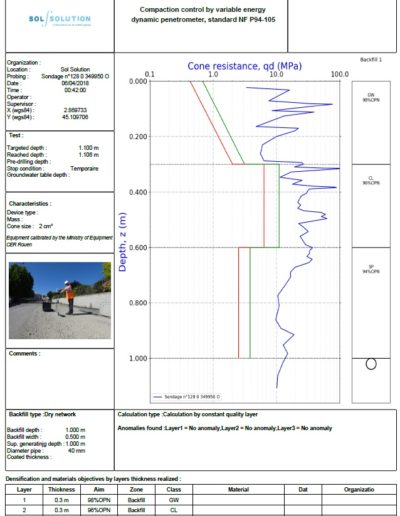
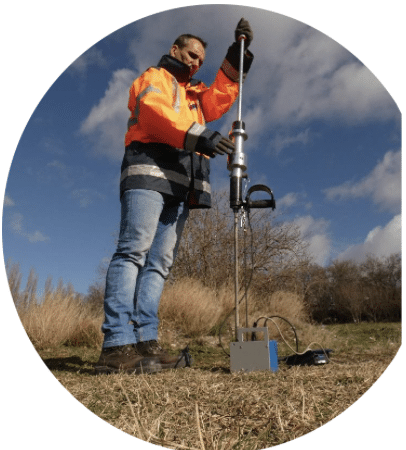
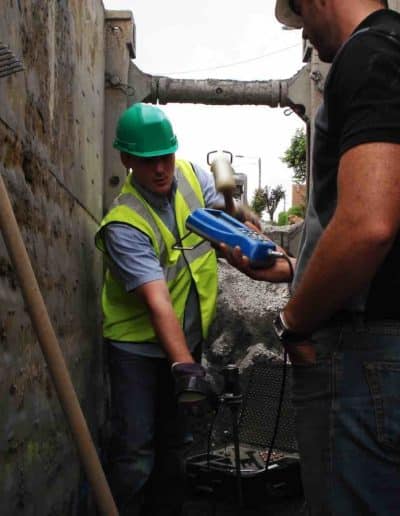
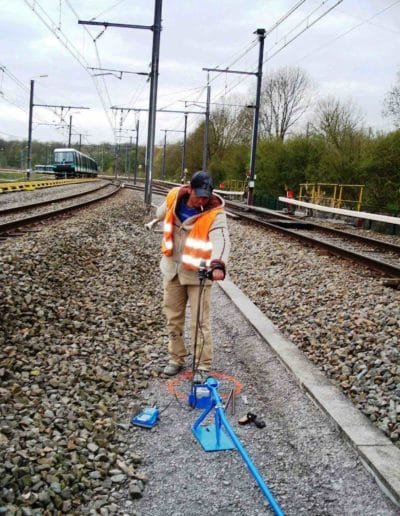

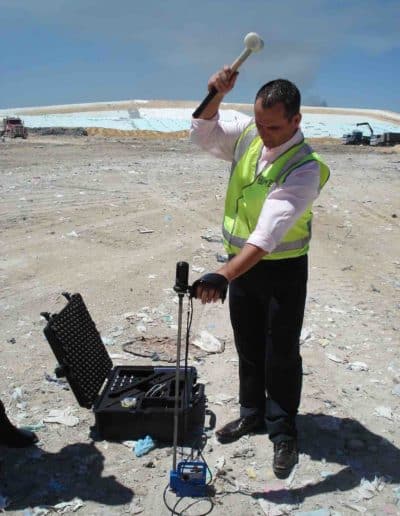
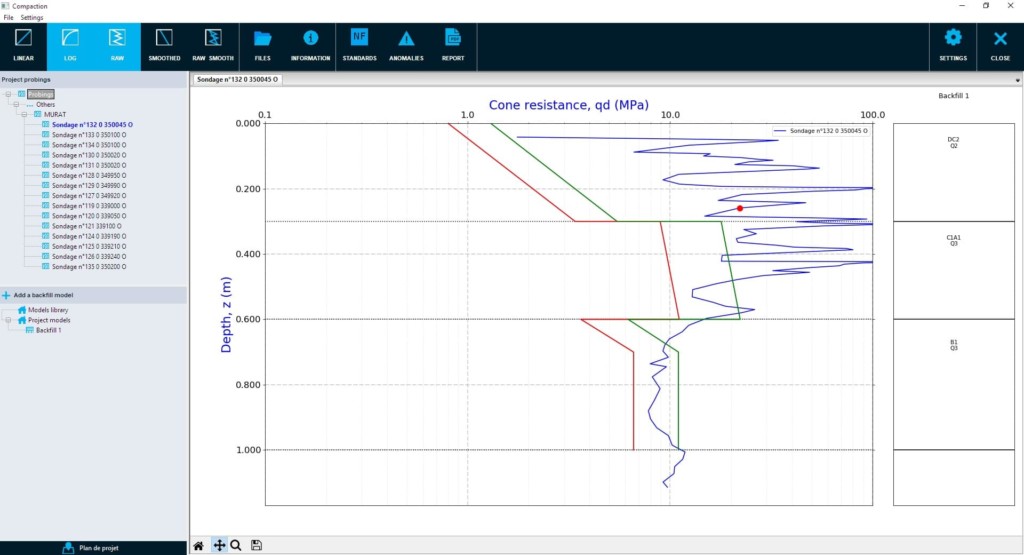
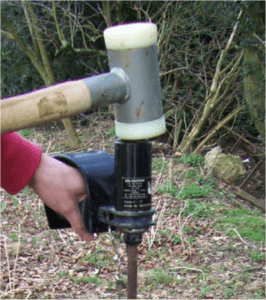 The Anvil
The Anvil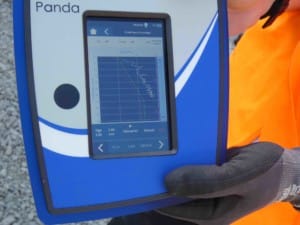 The Dialogue Terminal (DT)
The Dialogue Terminal (DT)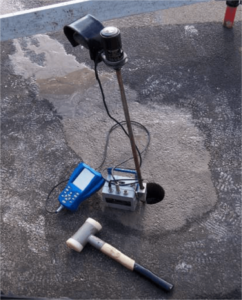 A pre drilling depth can also be entered where hard surfaces have been removed as a result of a trial hole or core drilling where the CAU cannot sit on material surface. This will also allow for surface datum from where all depths are measured. Information for each sounding can be called up for display on the screen along with a table of strike results and a resistance graph known as a penetrograph. The device has a memory capable of holding hundreds of results before upload, and will maintain these results until the operative removes them.
A pre drilling depth can also be entered where hard surfaces have been removed as a result of a trial hole or core drilling where the CAU cannot sit on material surface. This will also allow for surface datum from where all depths are measured. Information for each sounding can be called up for display on the screen along with a table of strike results and a resistance graph known as a penetrograph. The device has a memory capable of holding hundreds of results before upload, and will maintain these results until the operative removes them. The Central Acquisitions Unit (CAU)
The Central Acquisitions Unit (CAU)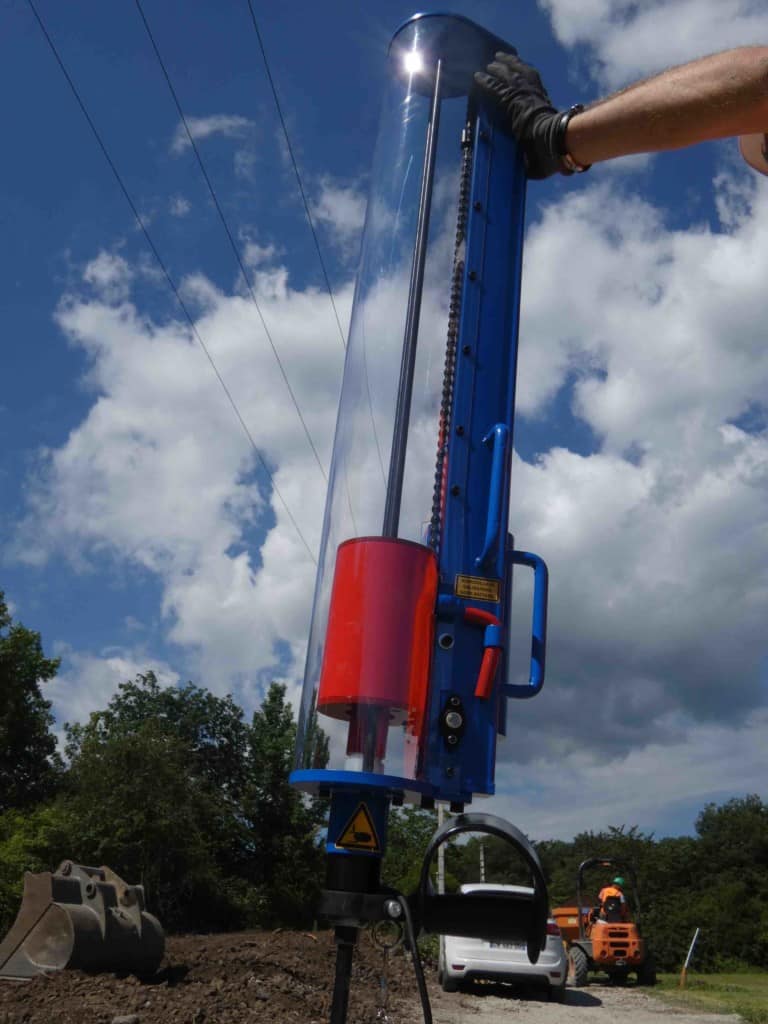


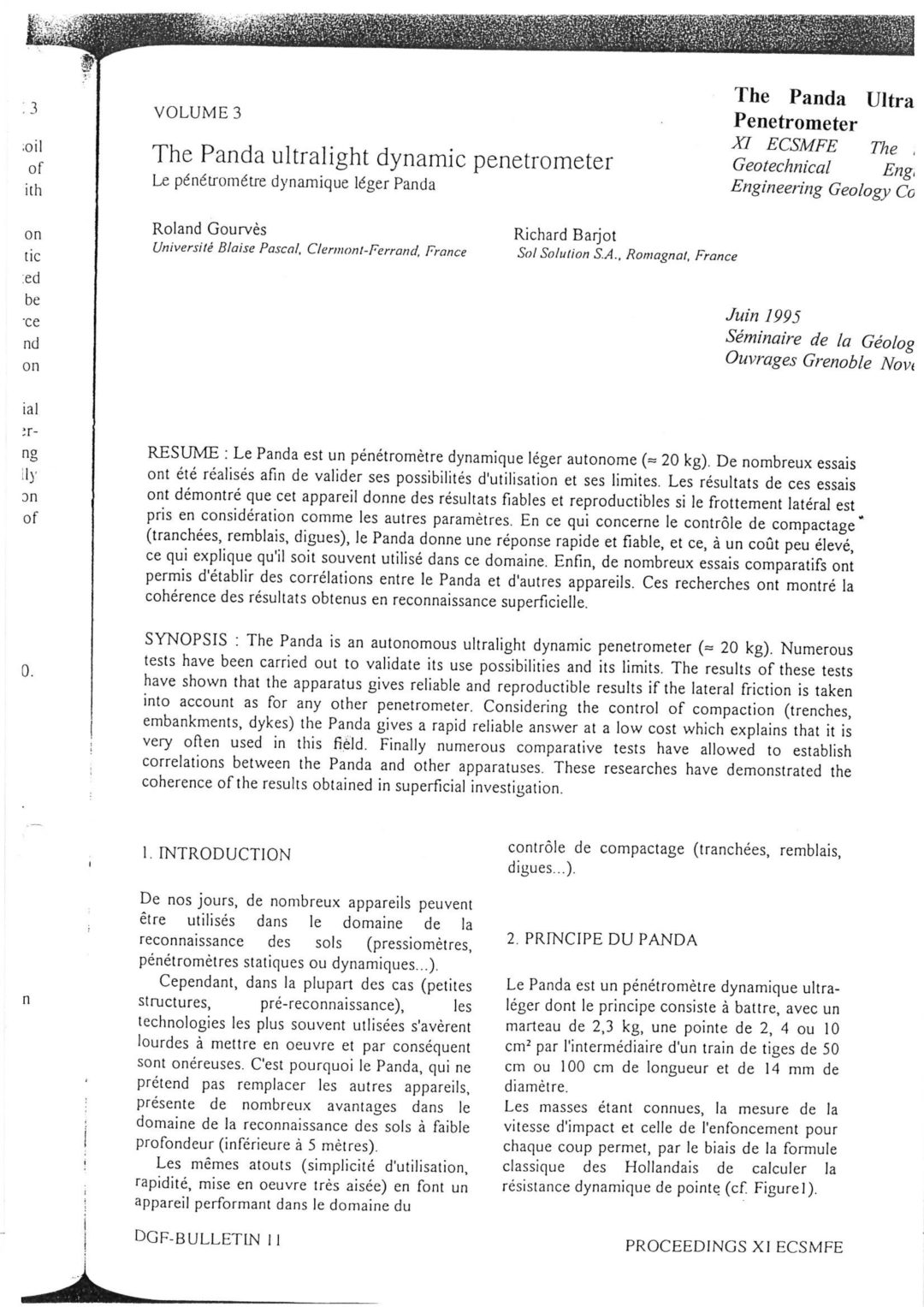
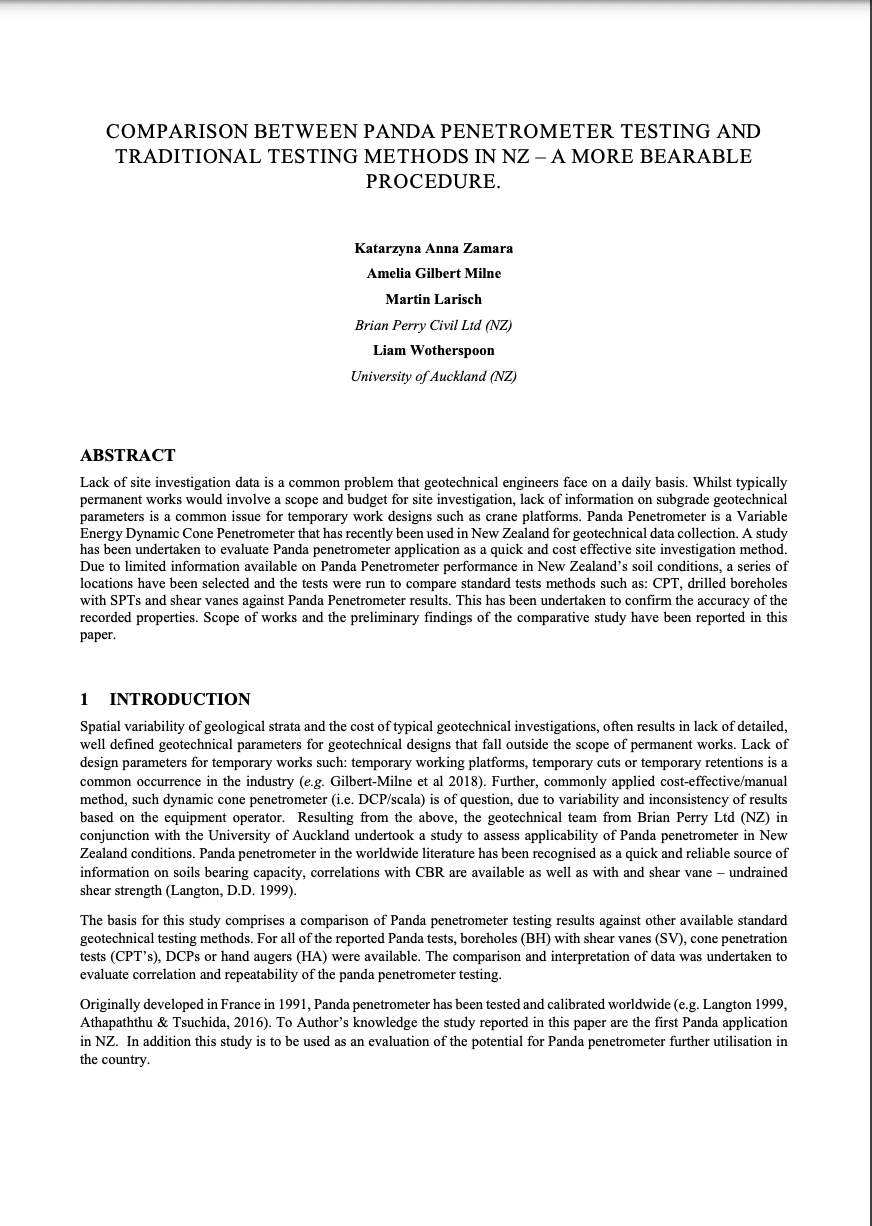
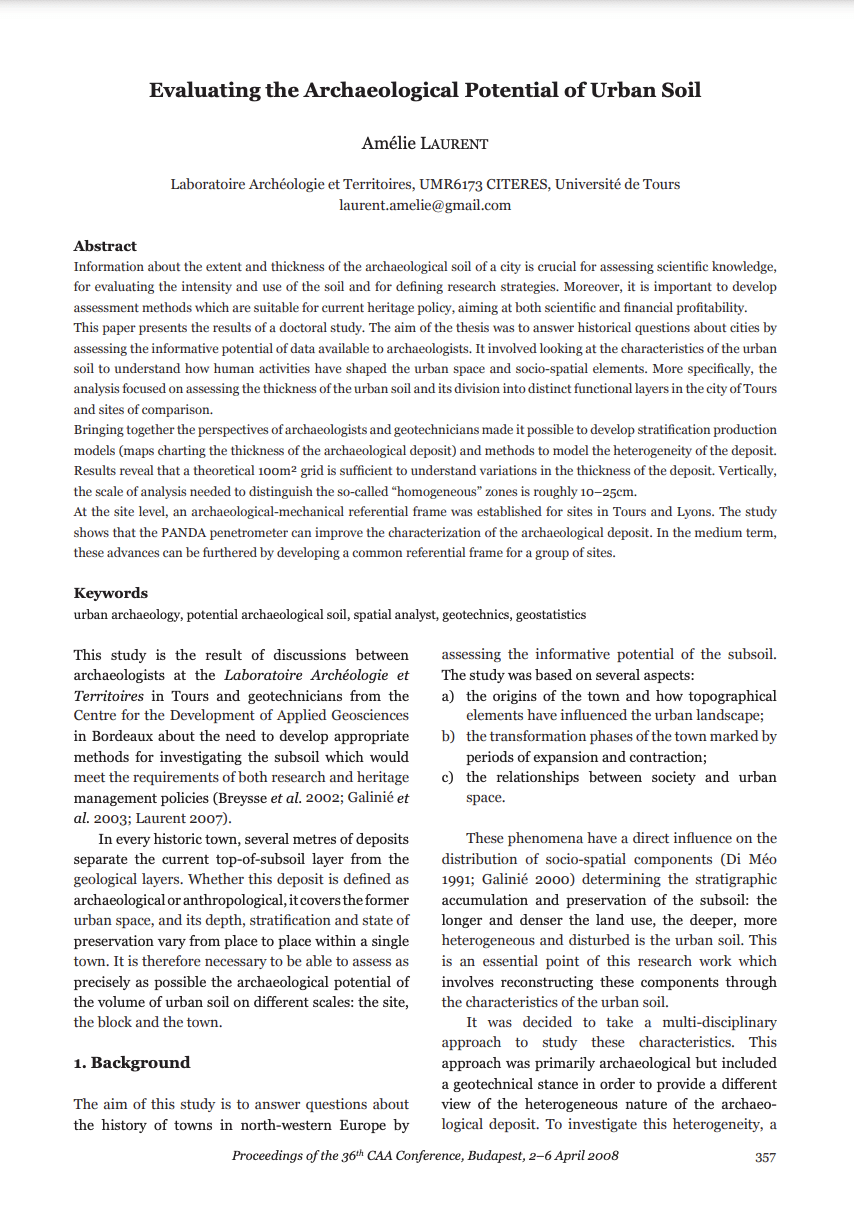
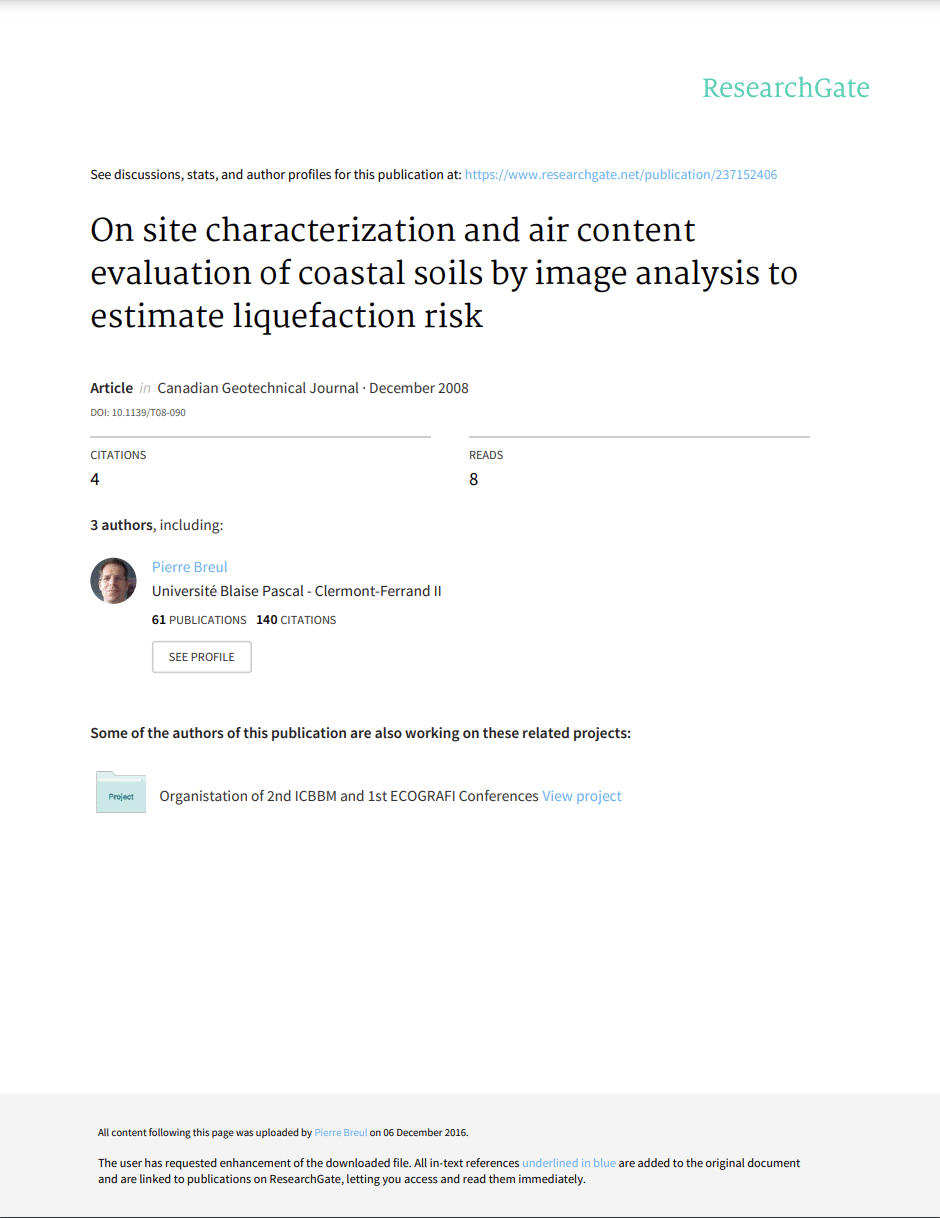
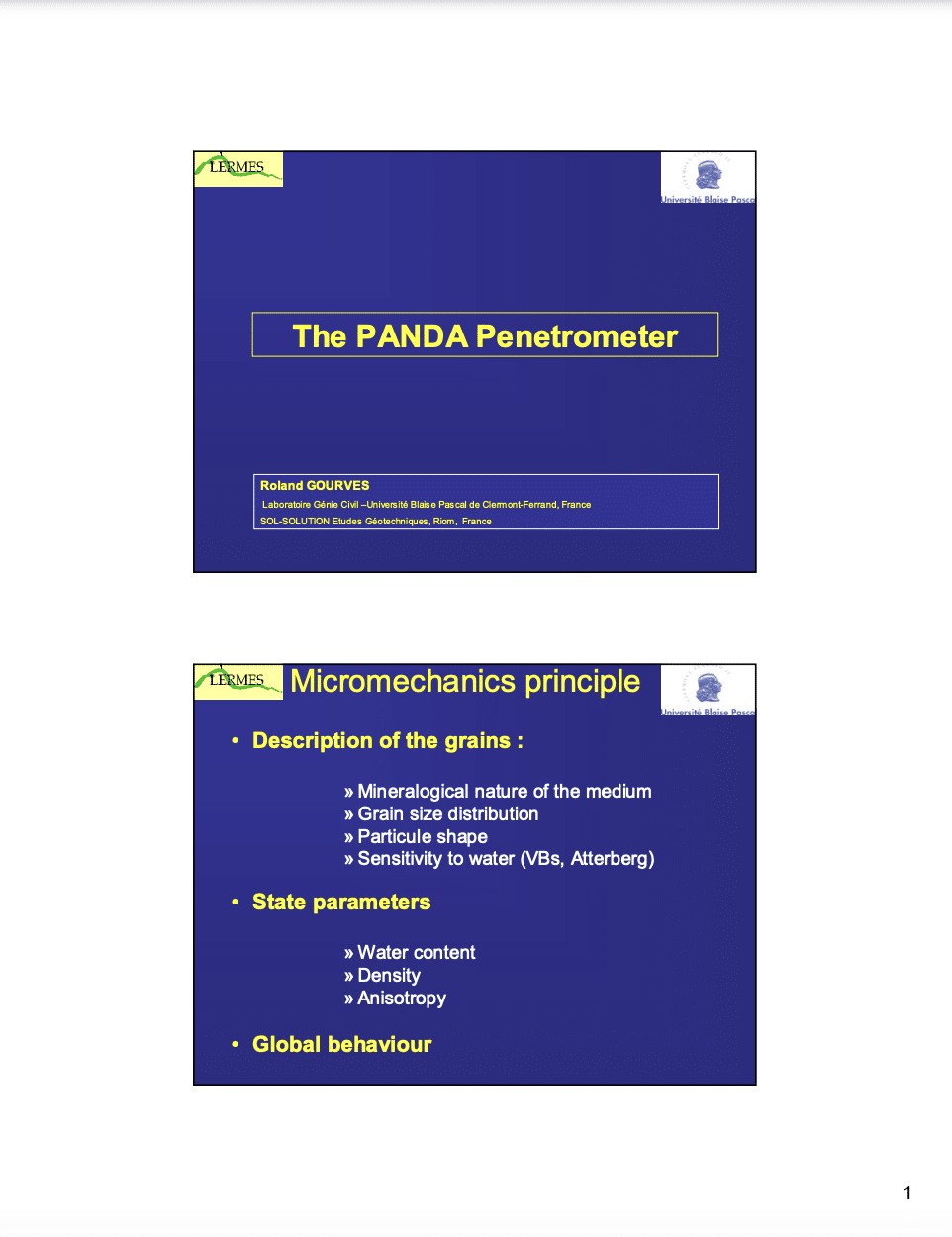
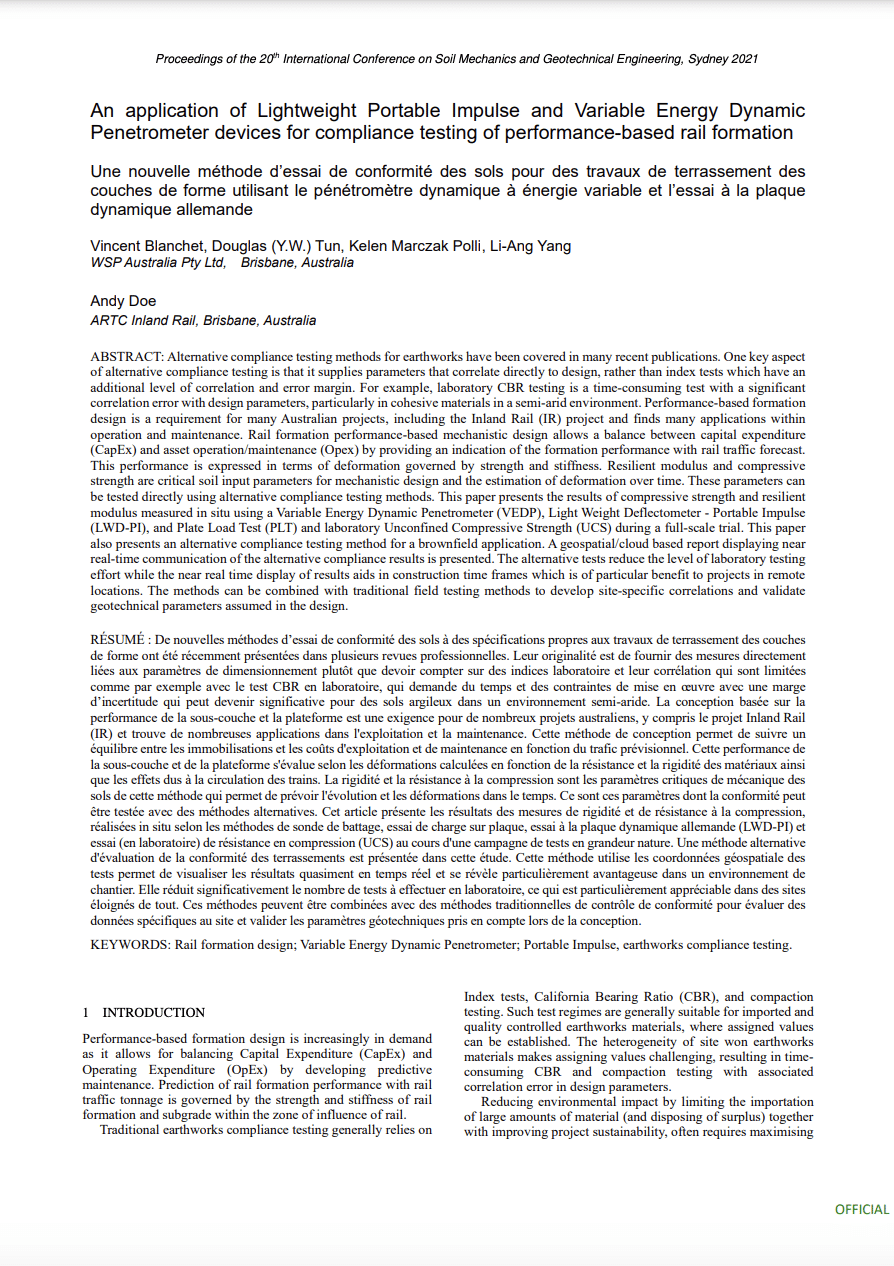
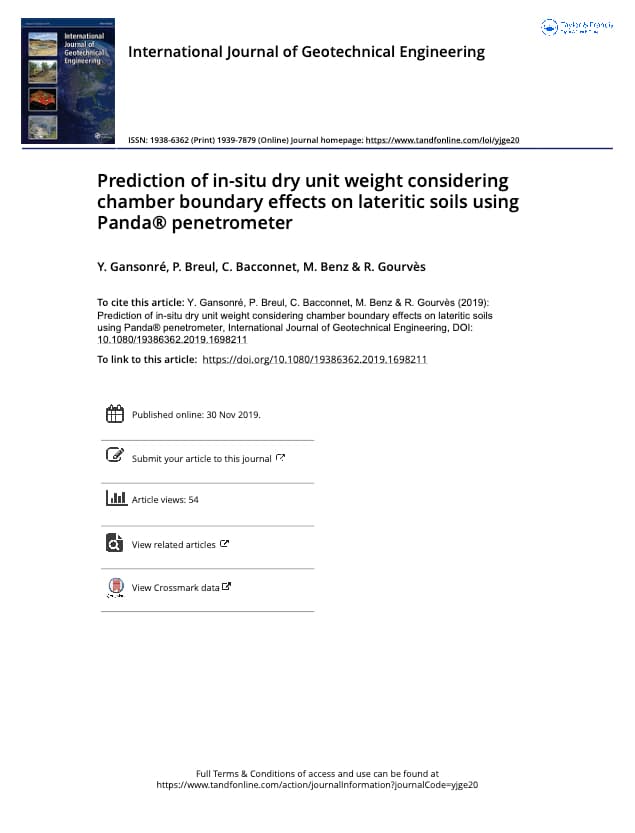
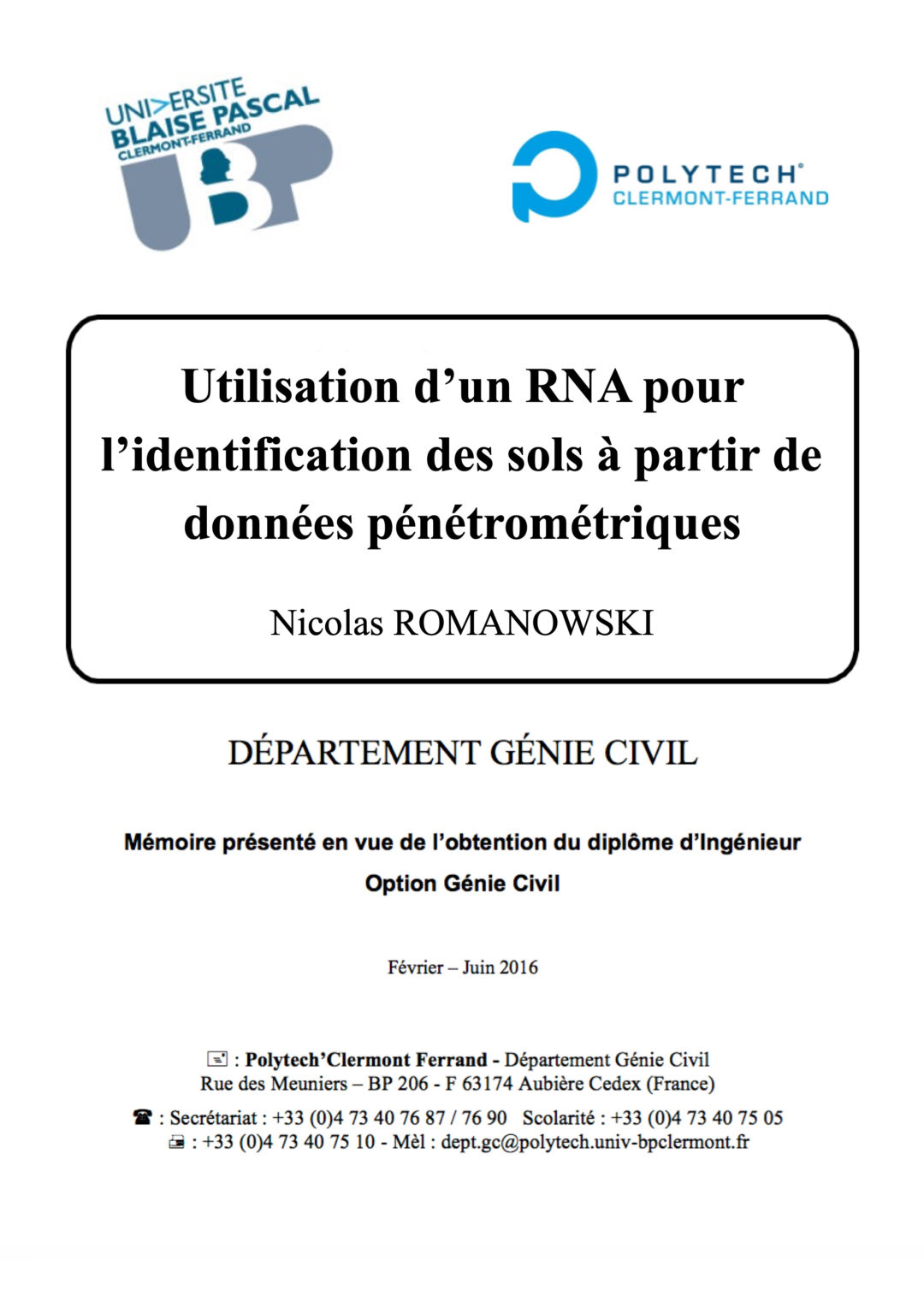
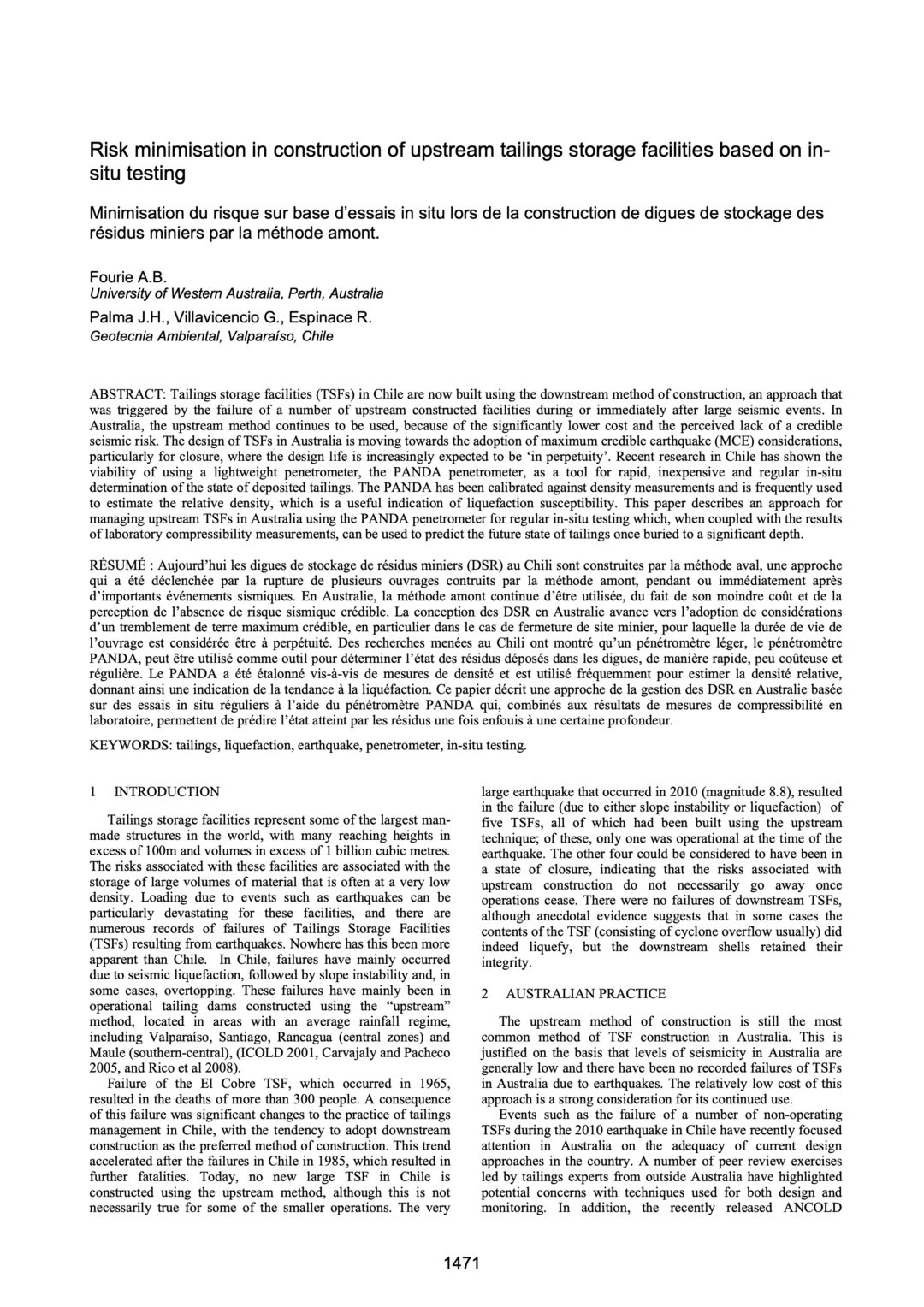

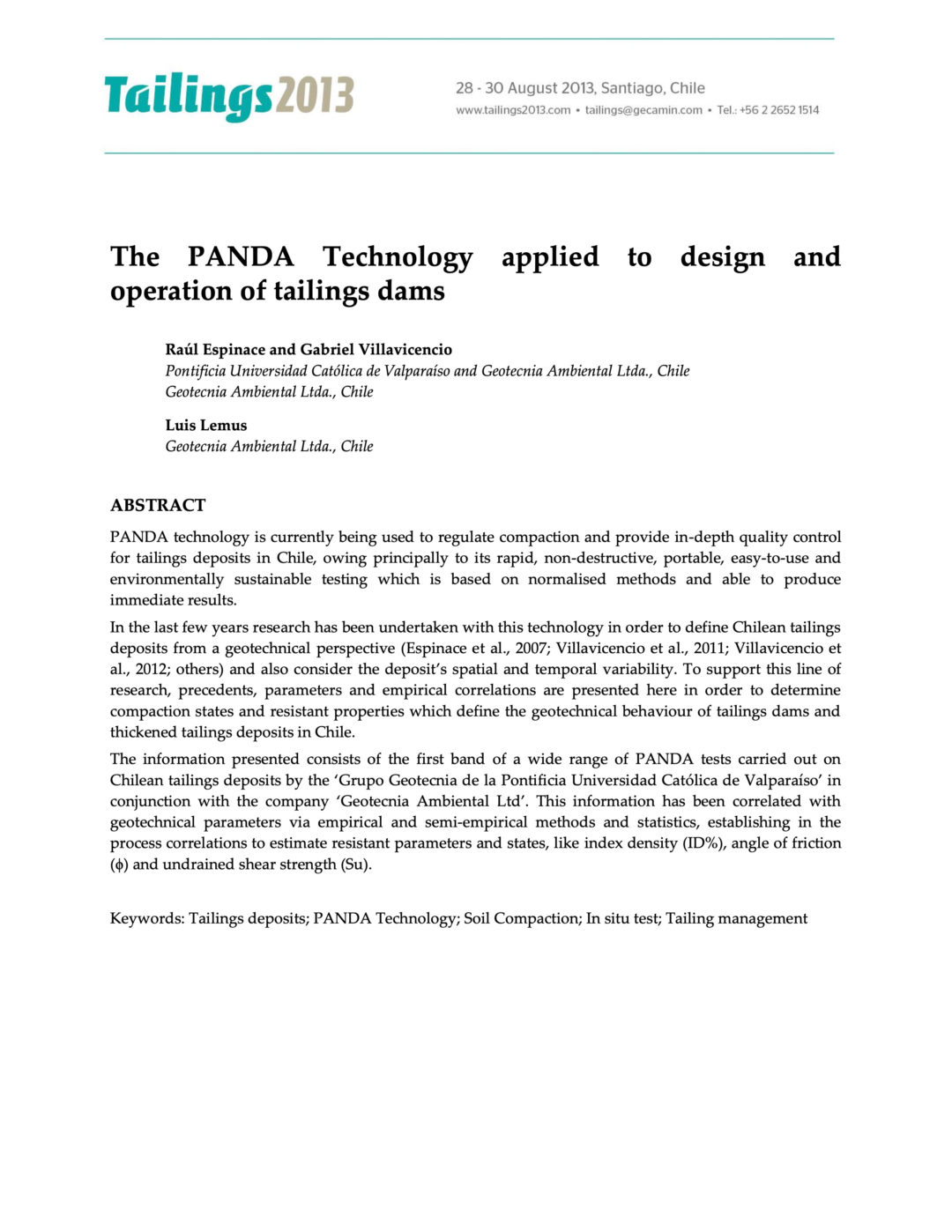
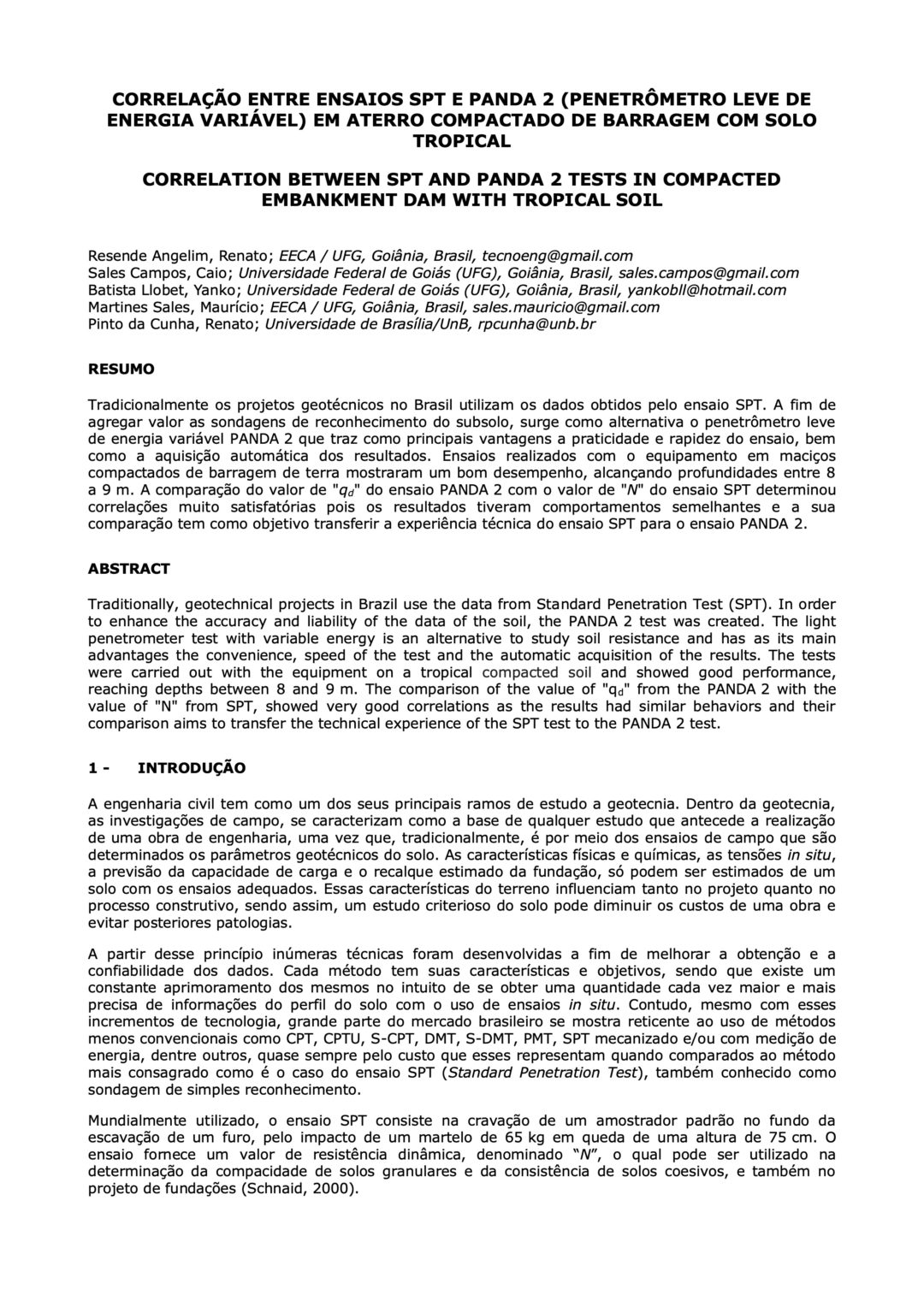
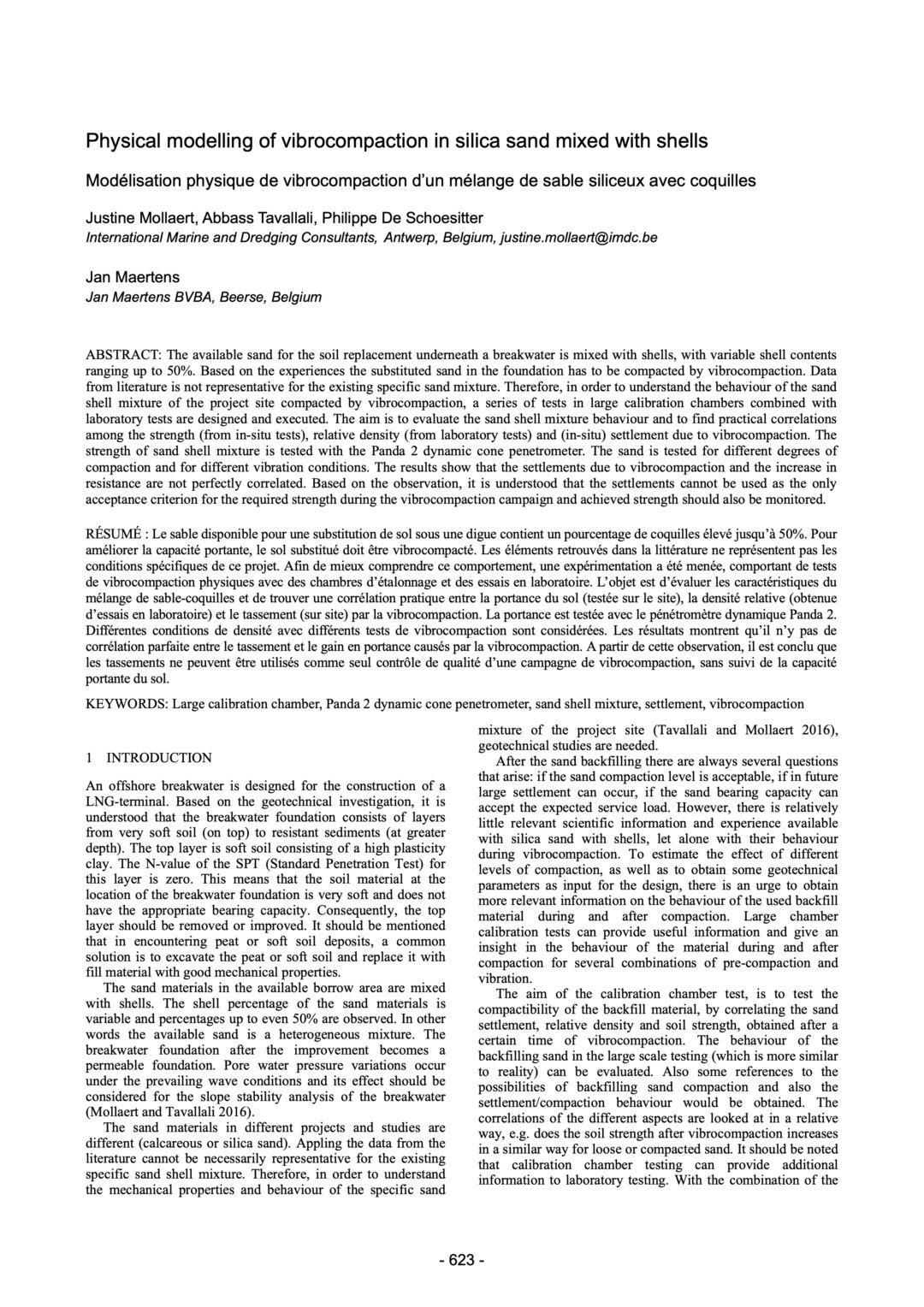
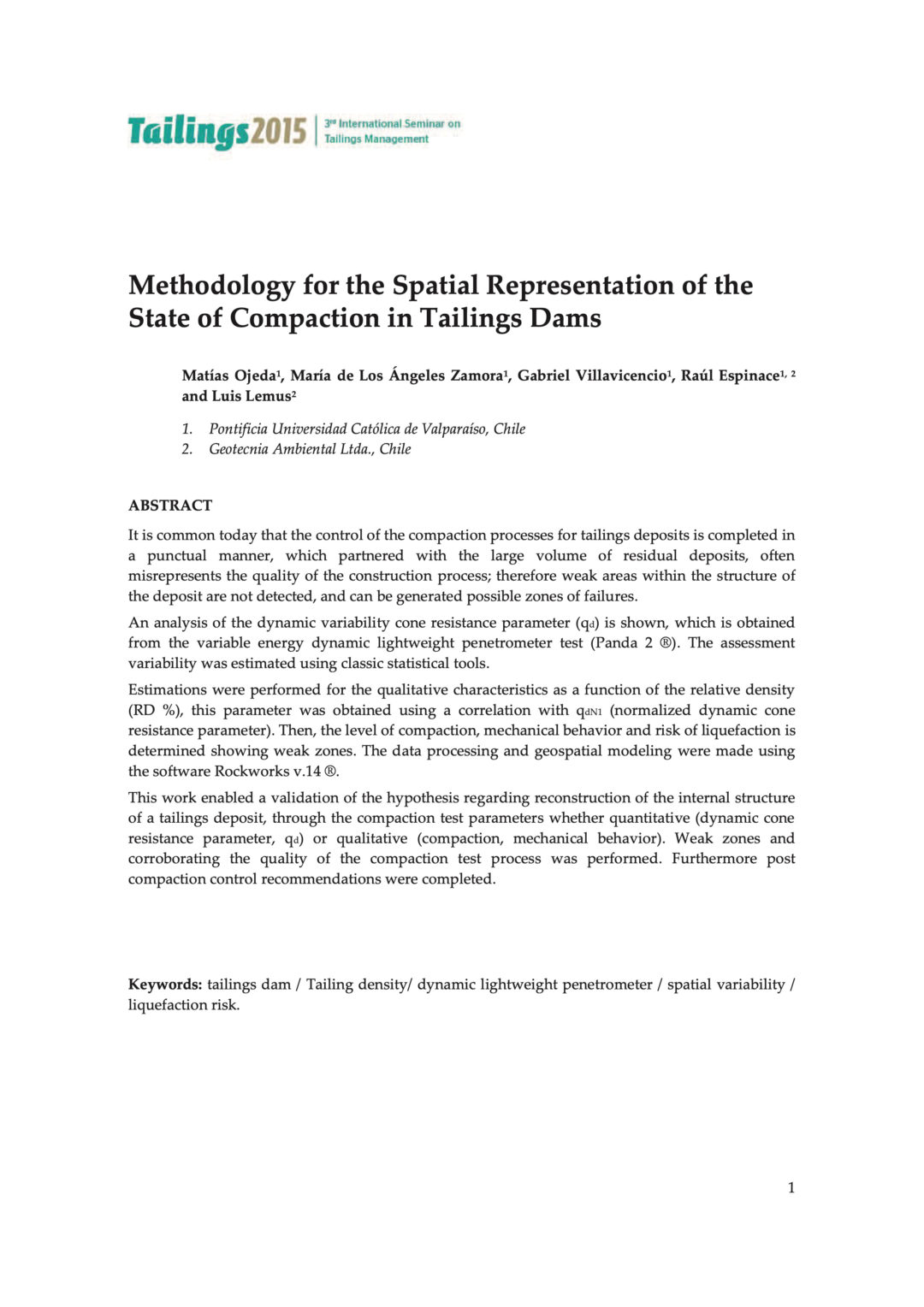
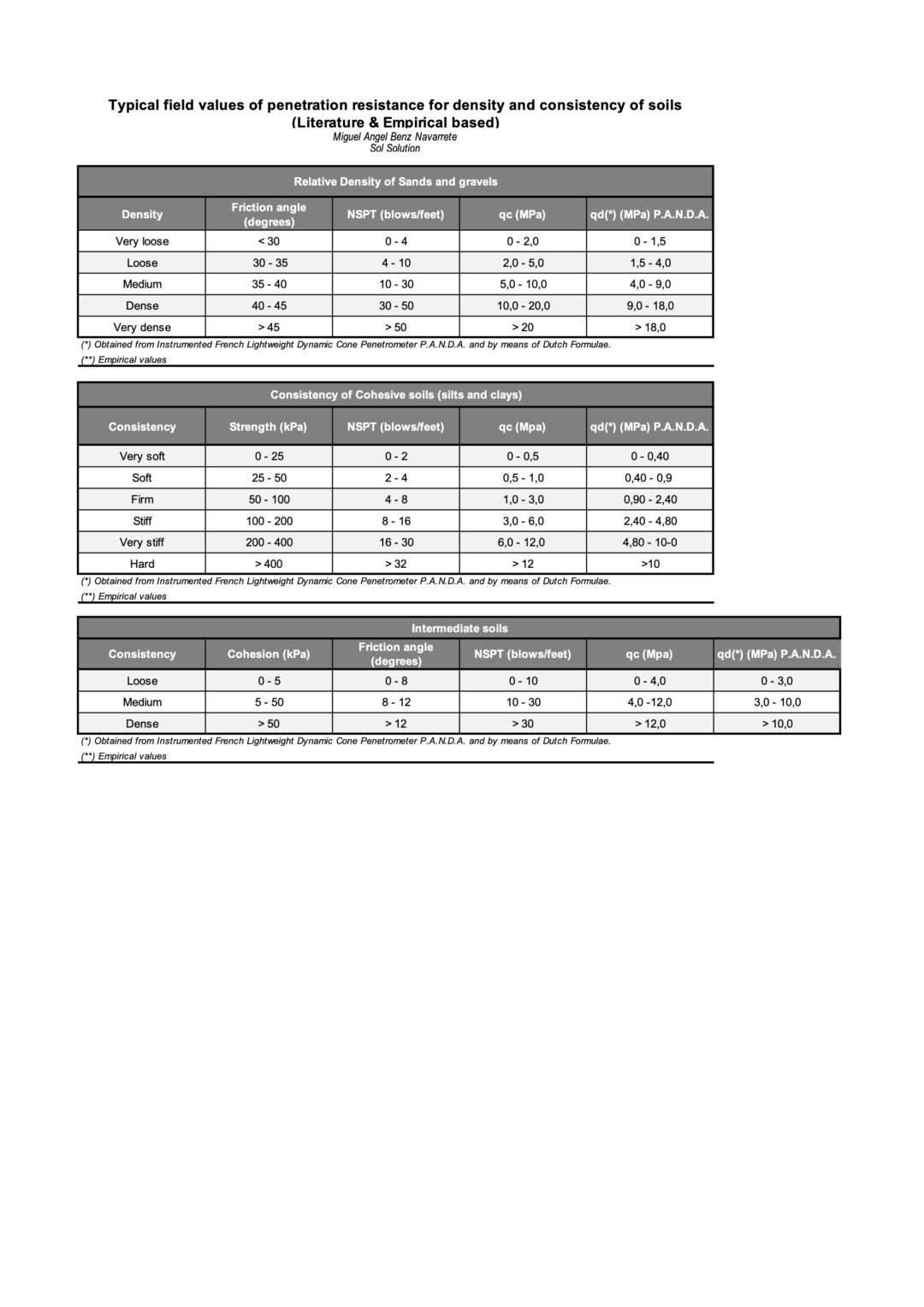
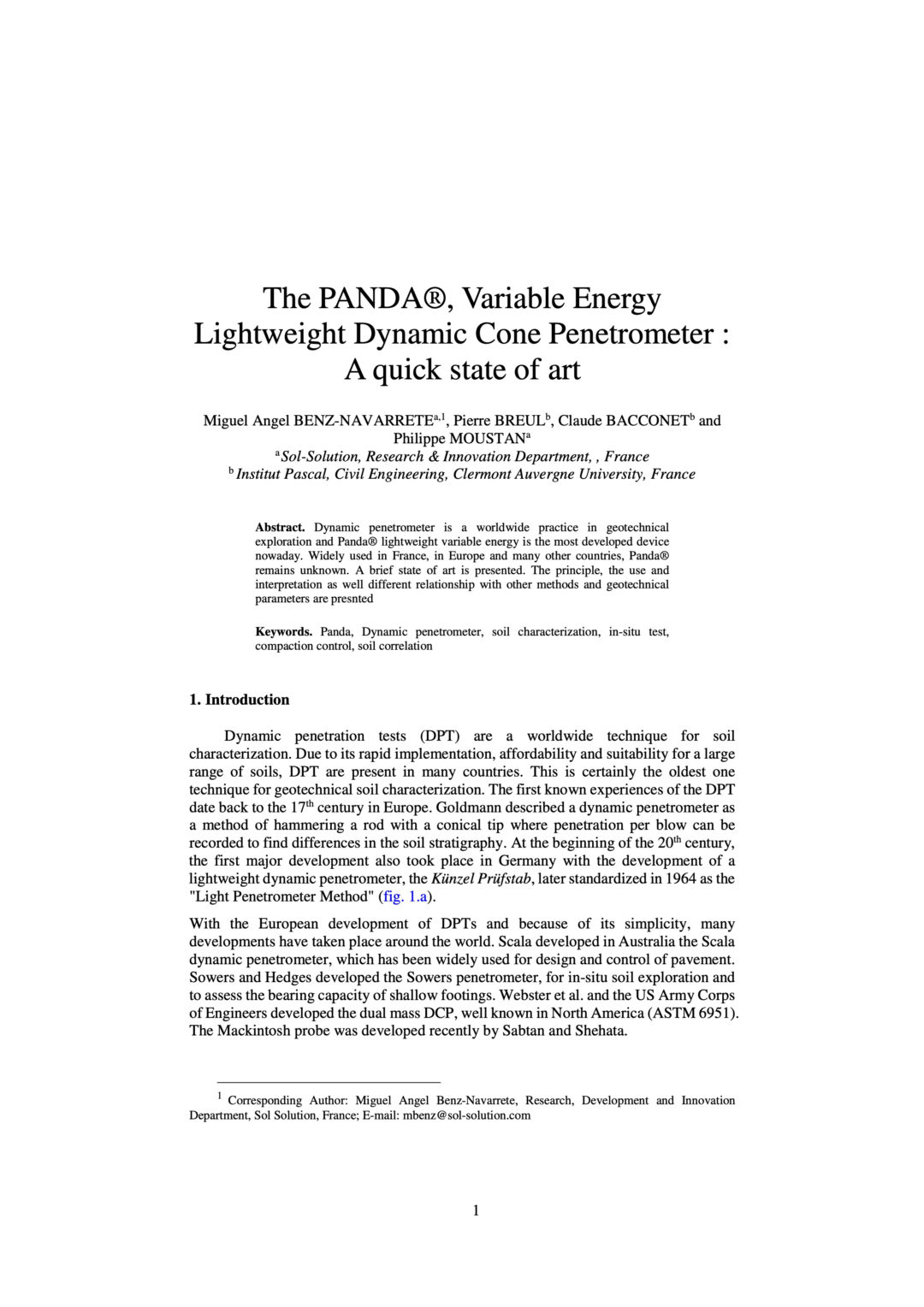

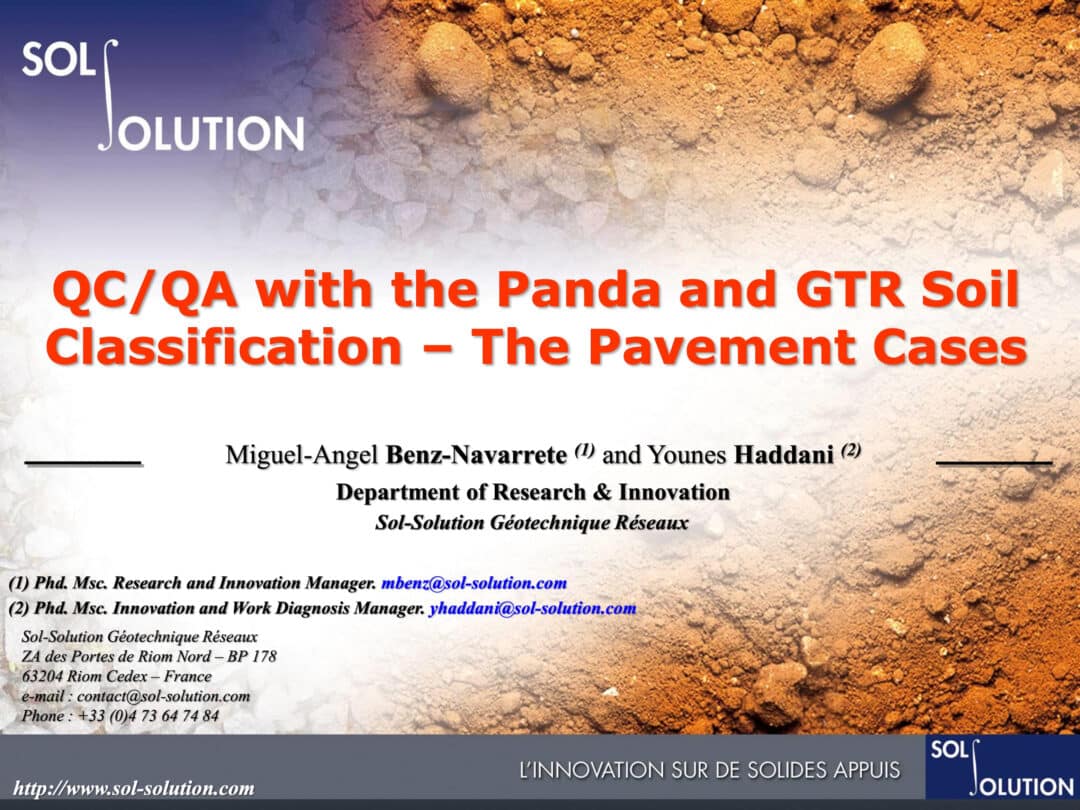
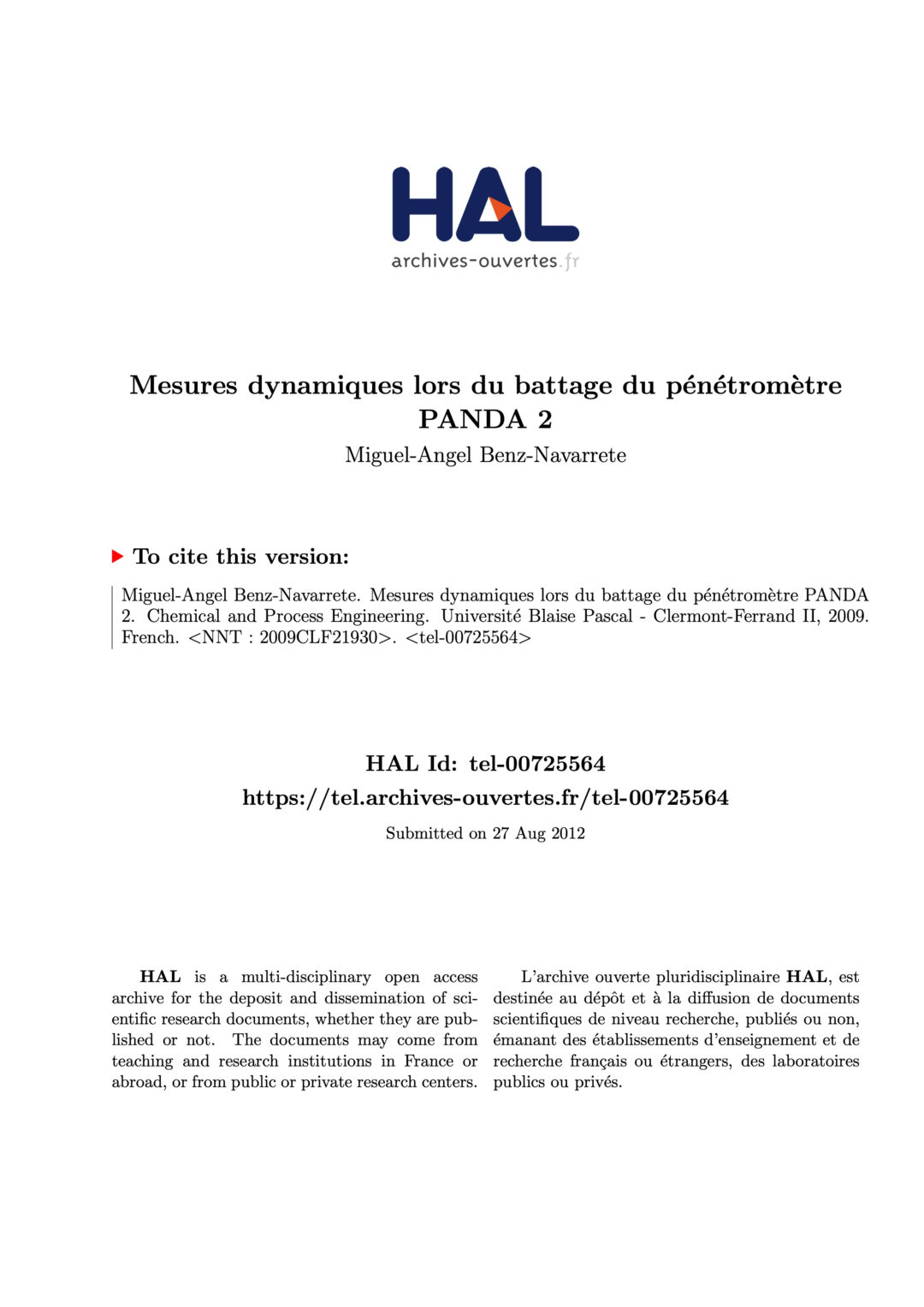
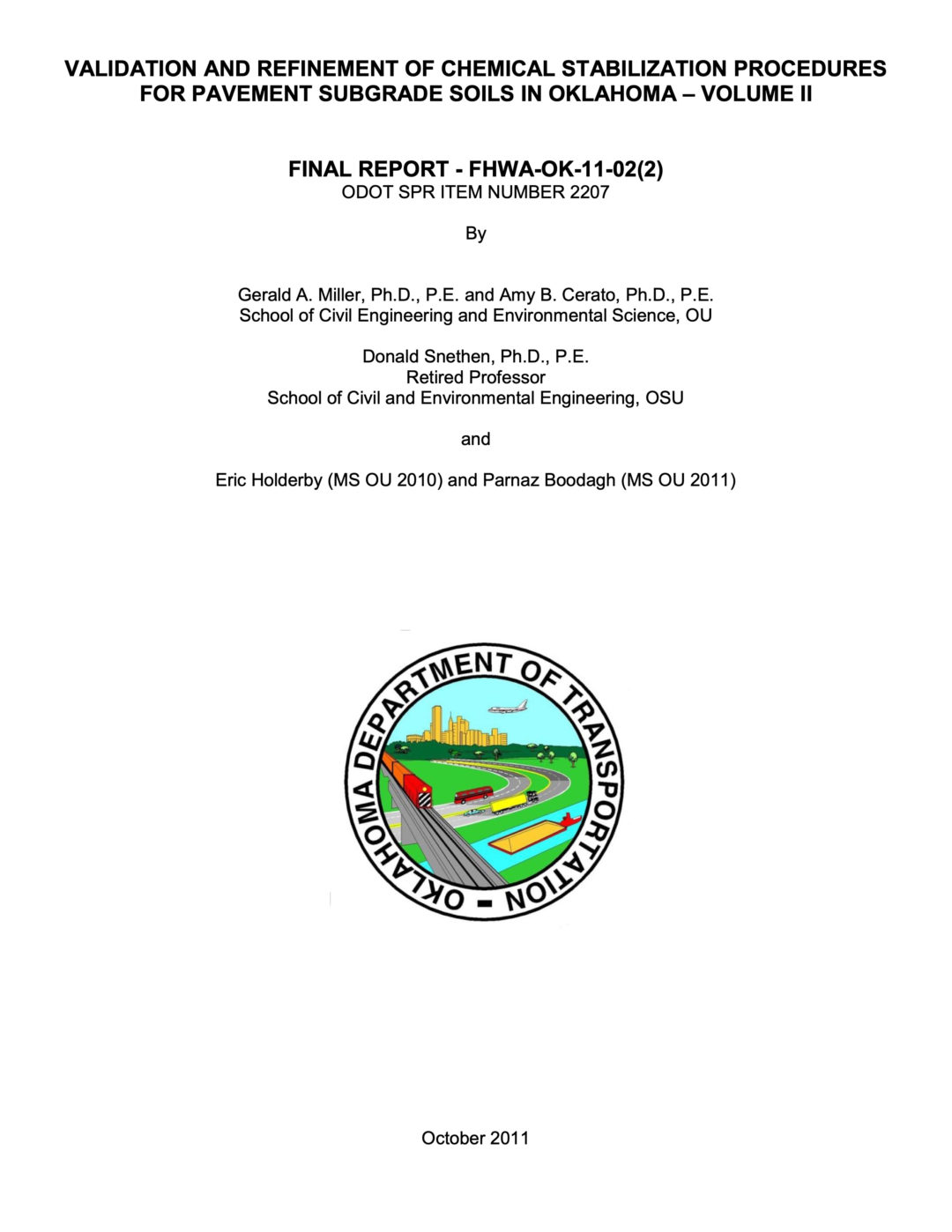
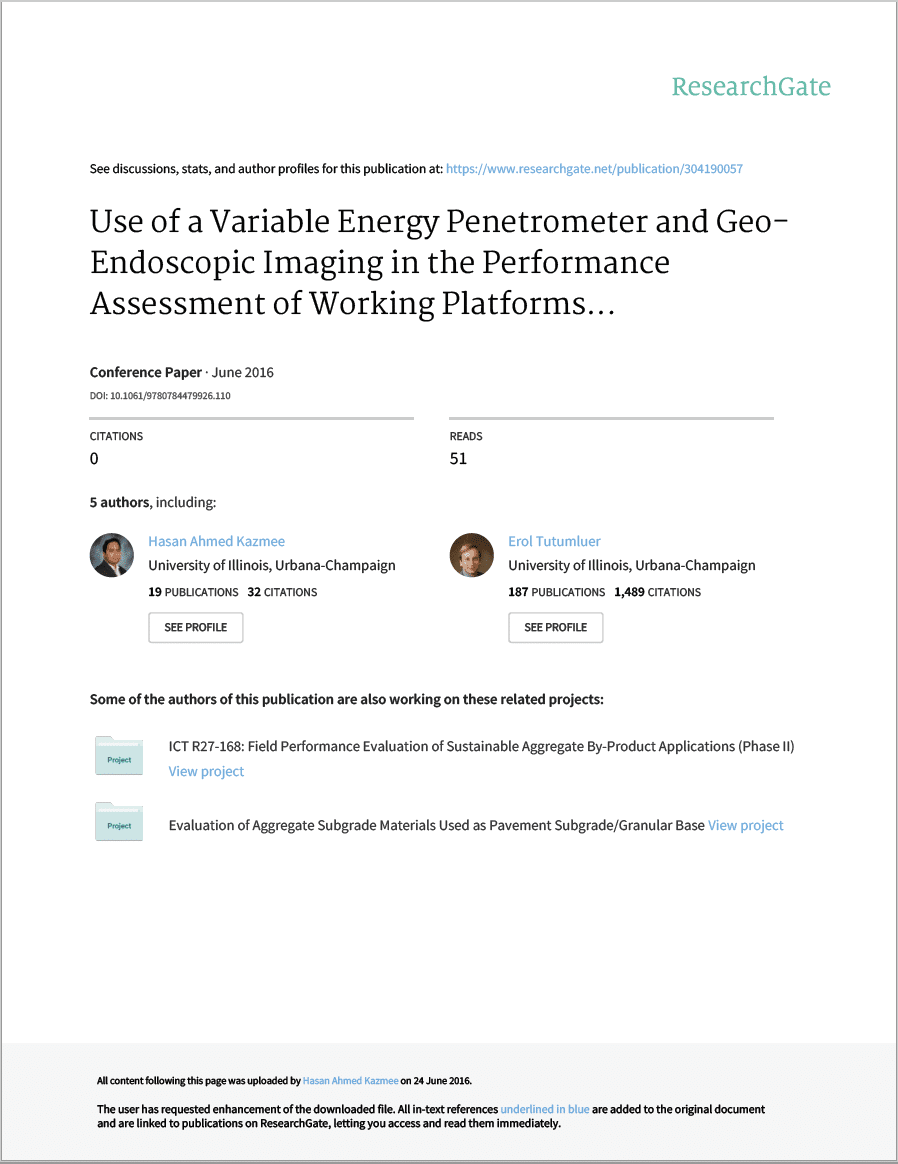
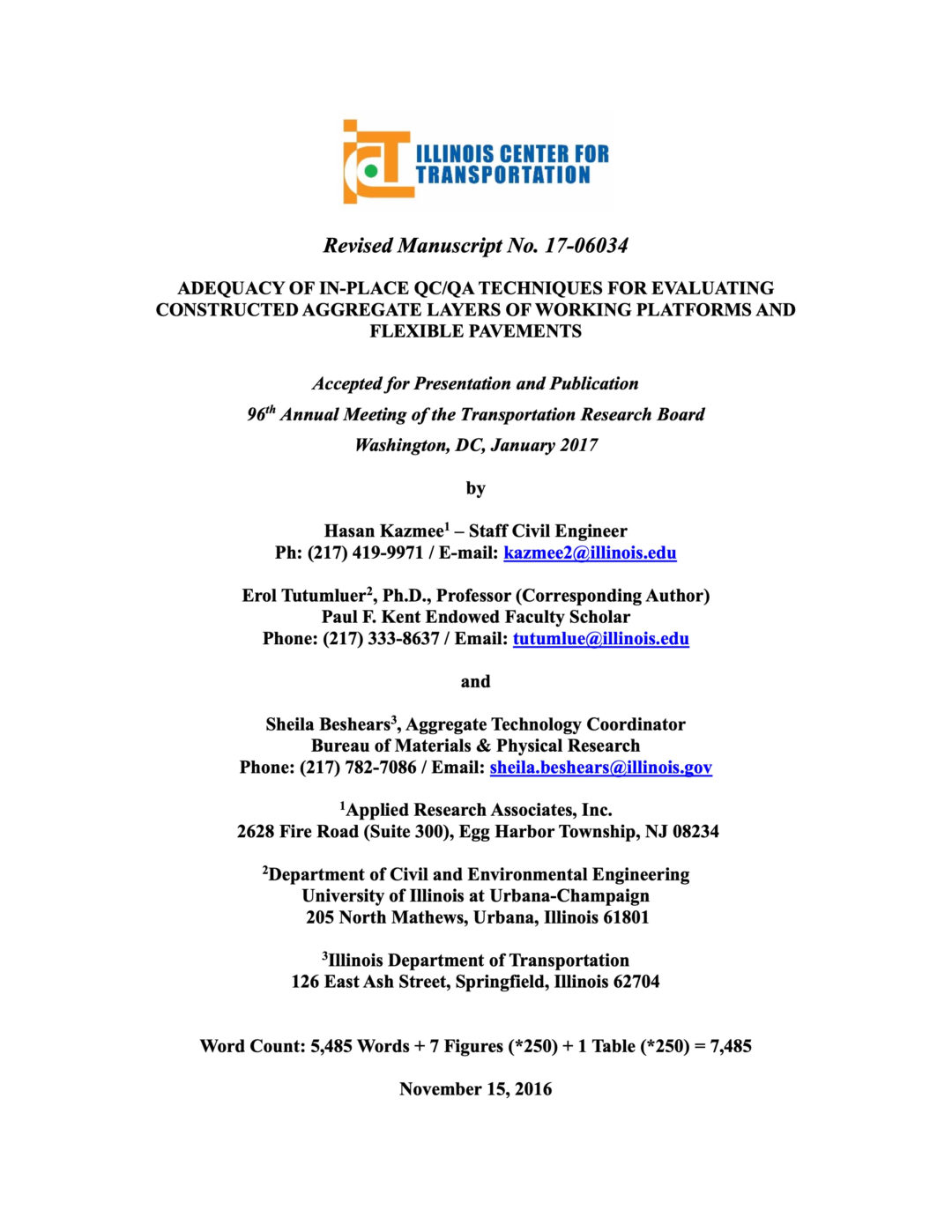
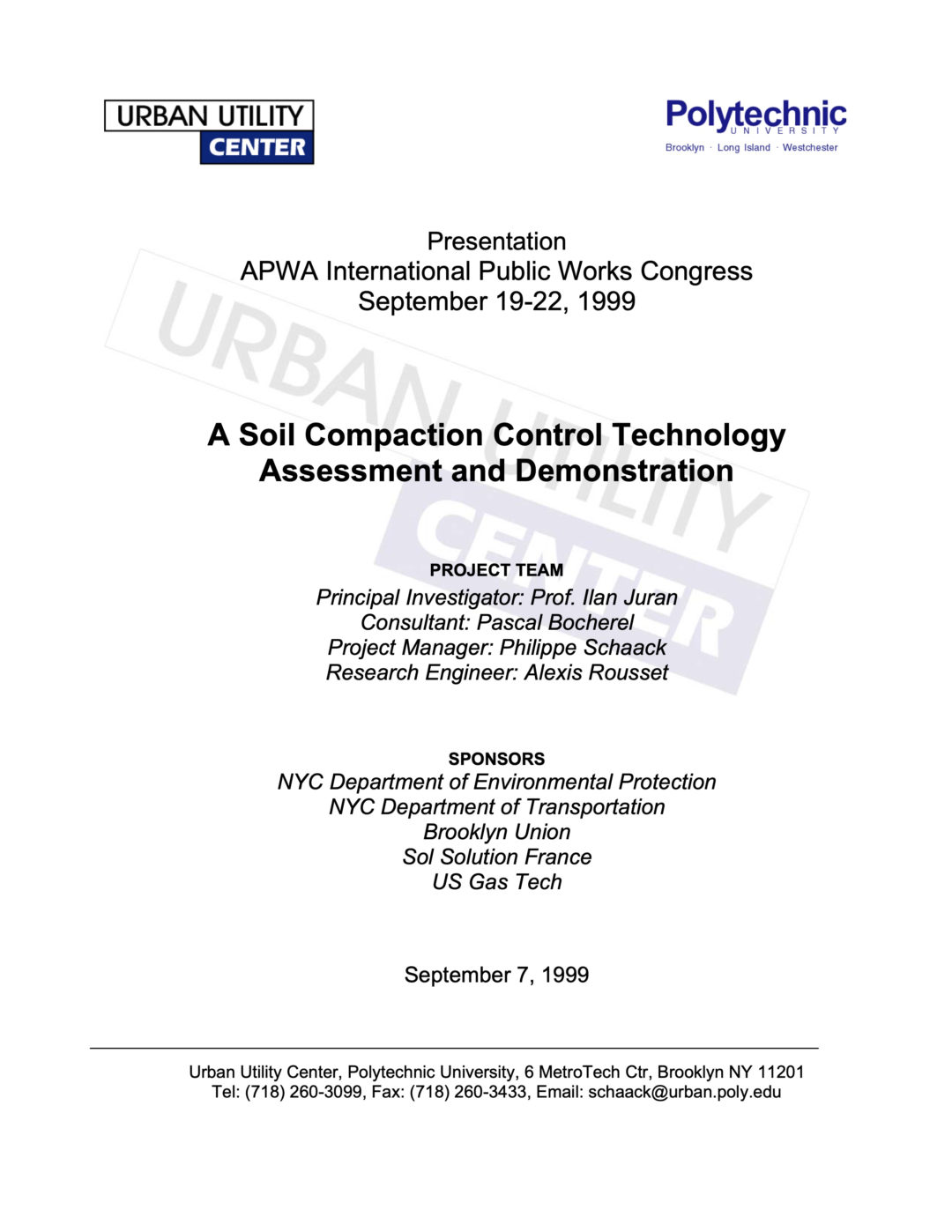
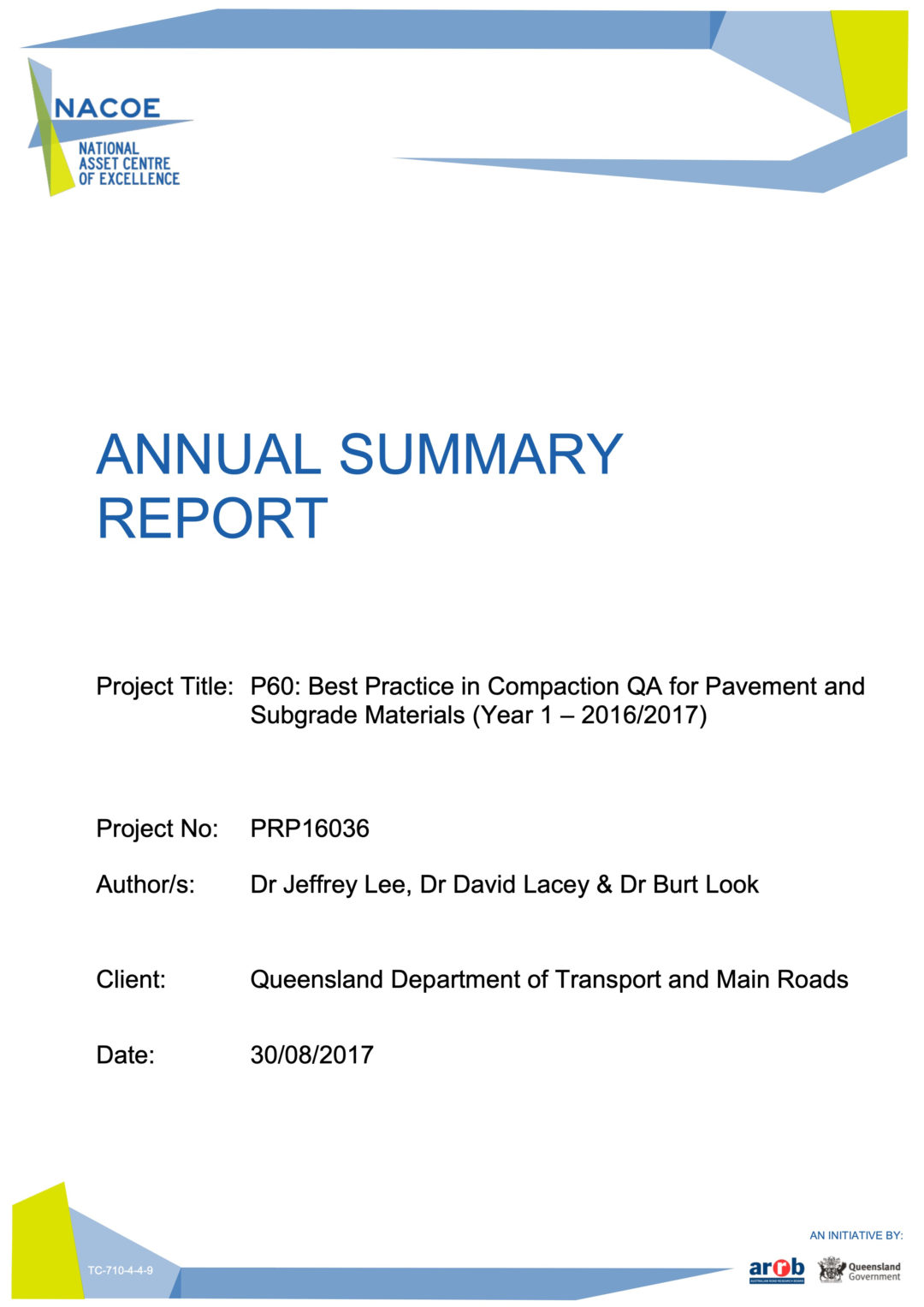
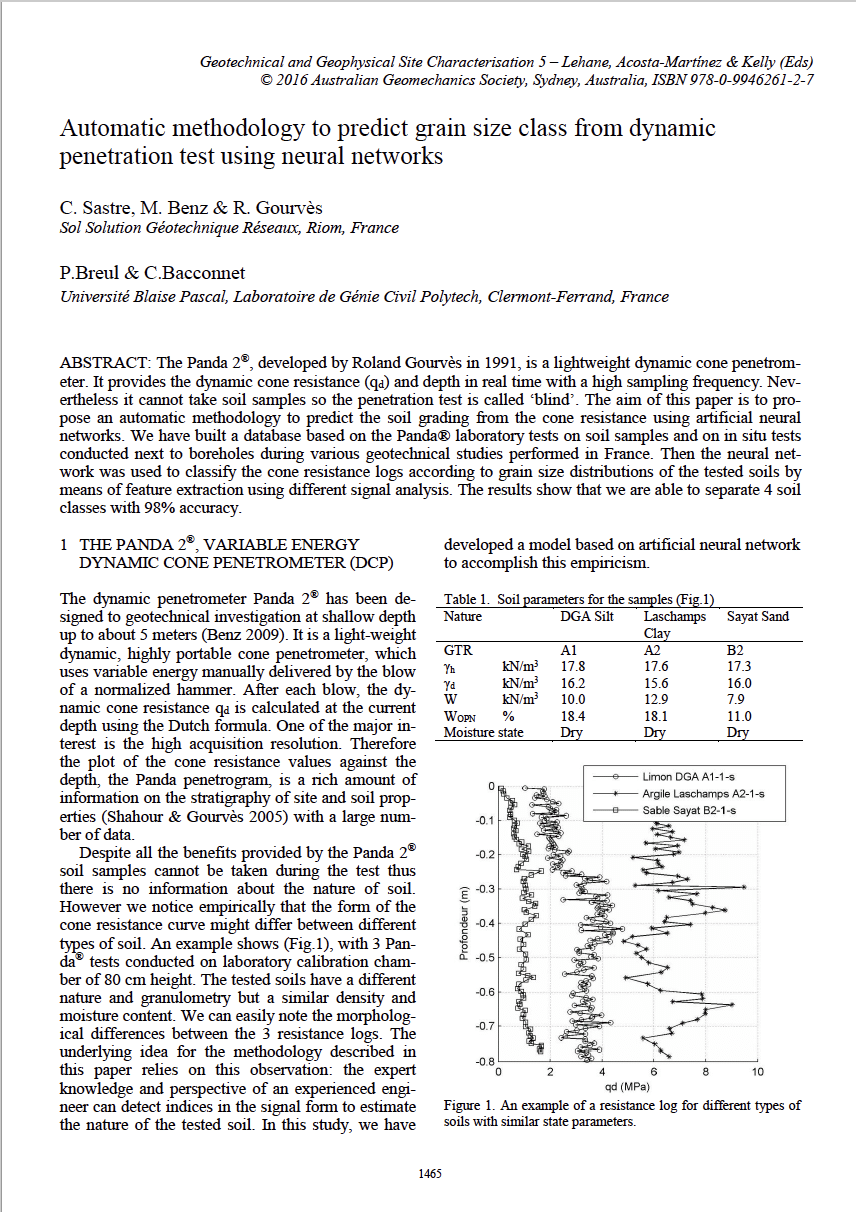
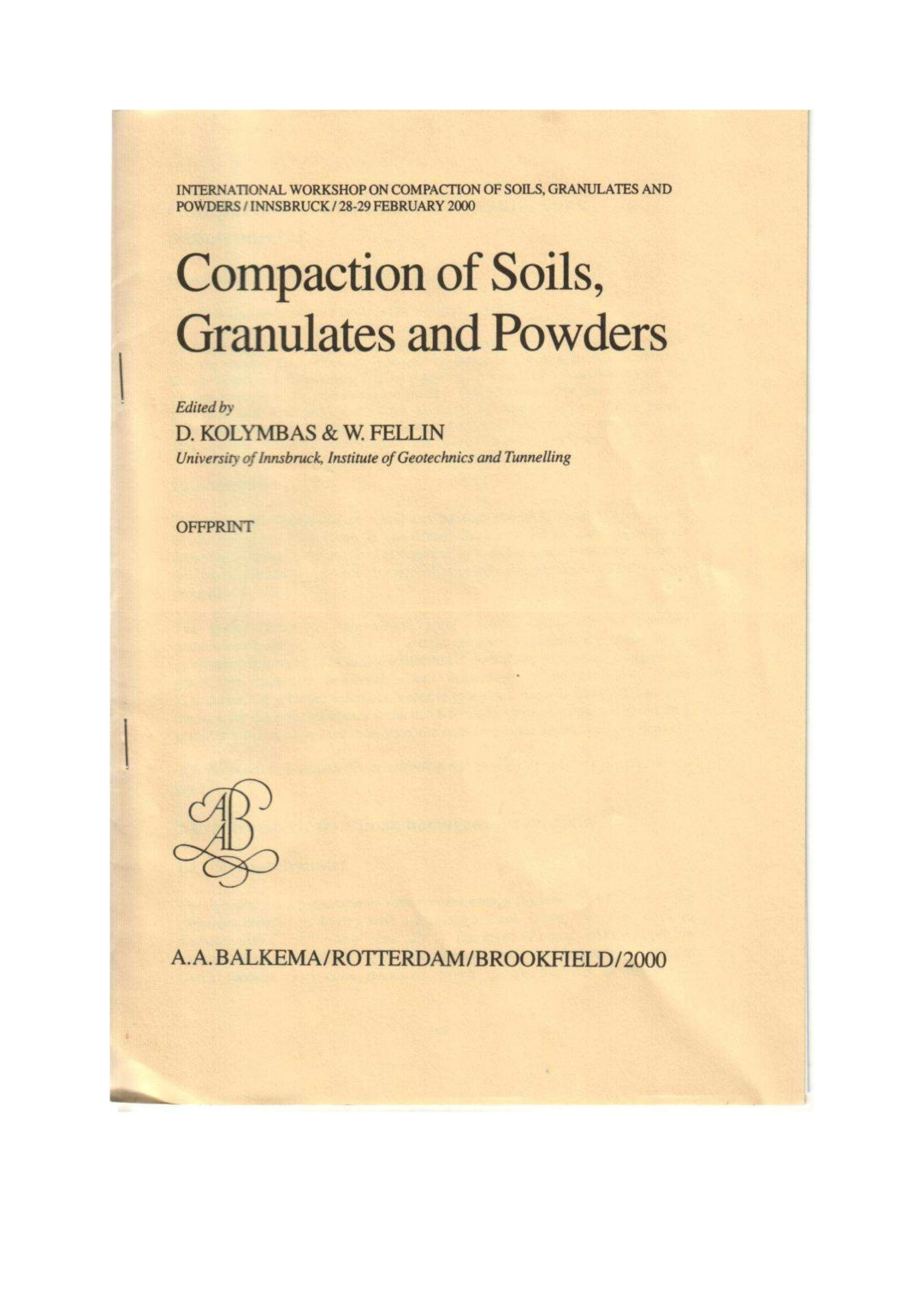

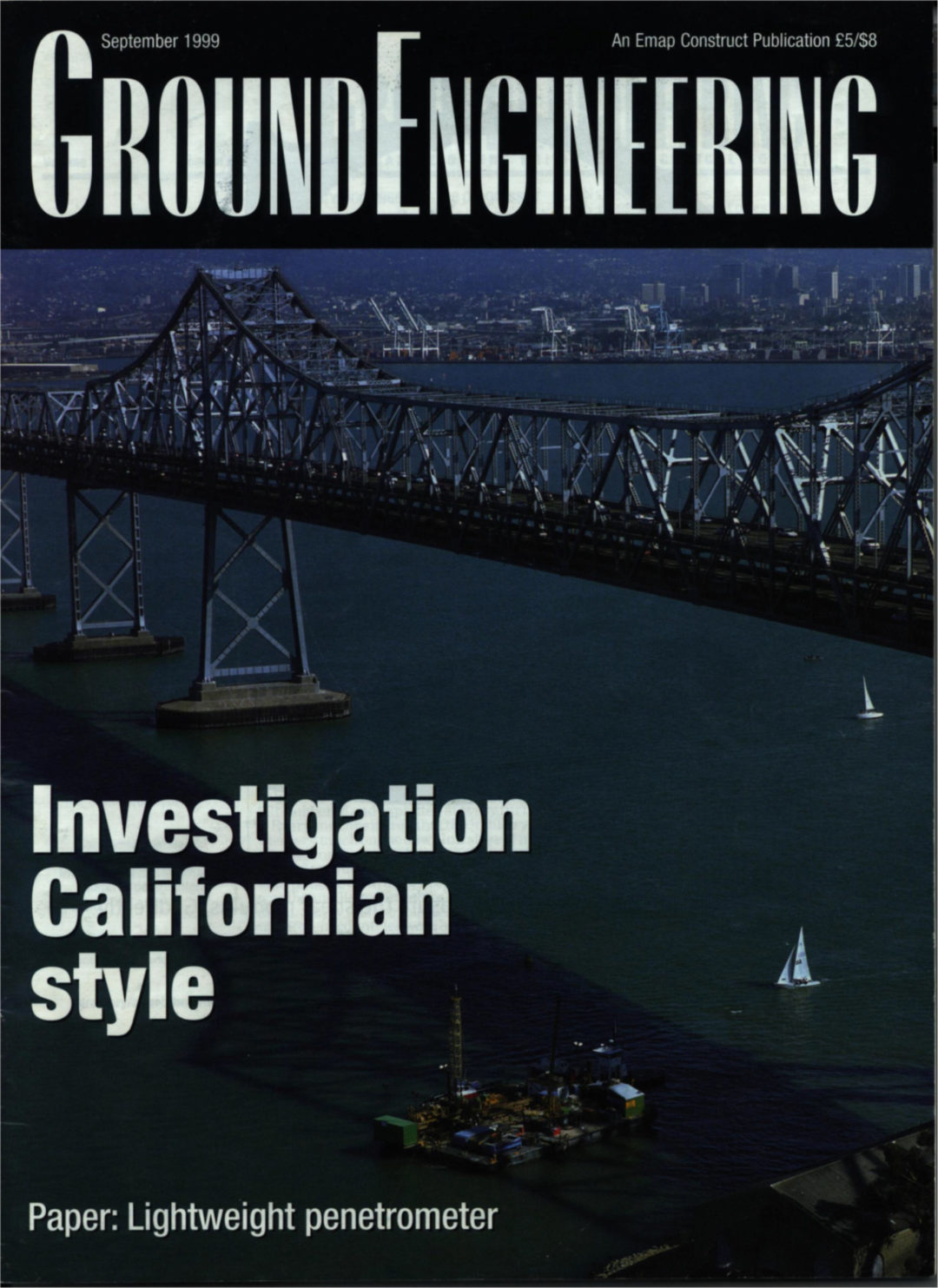
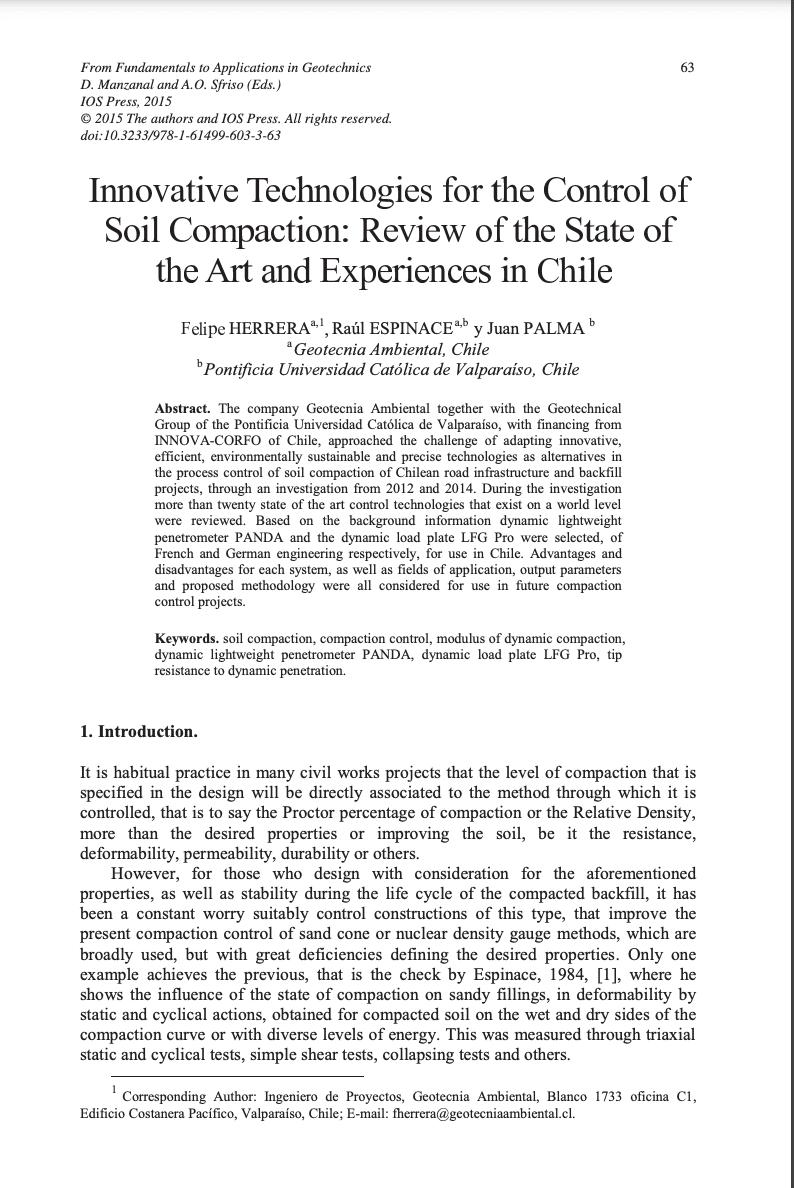
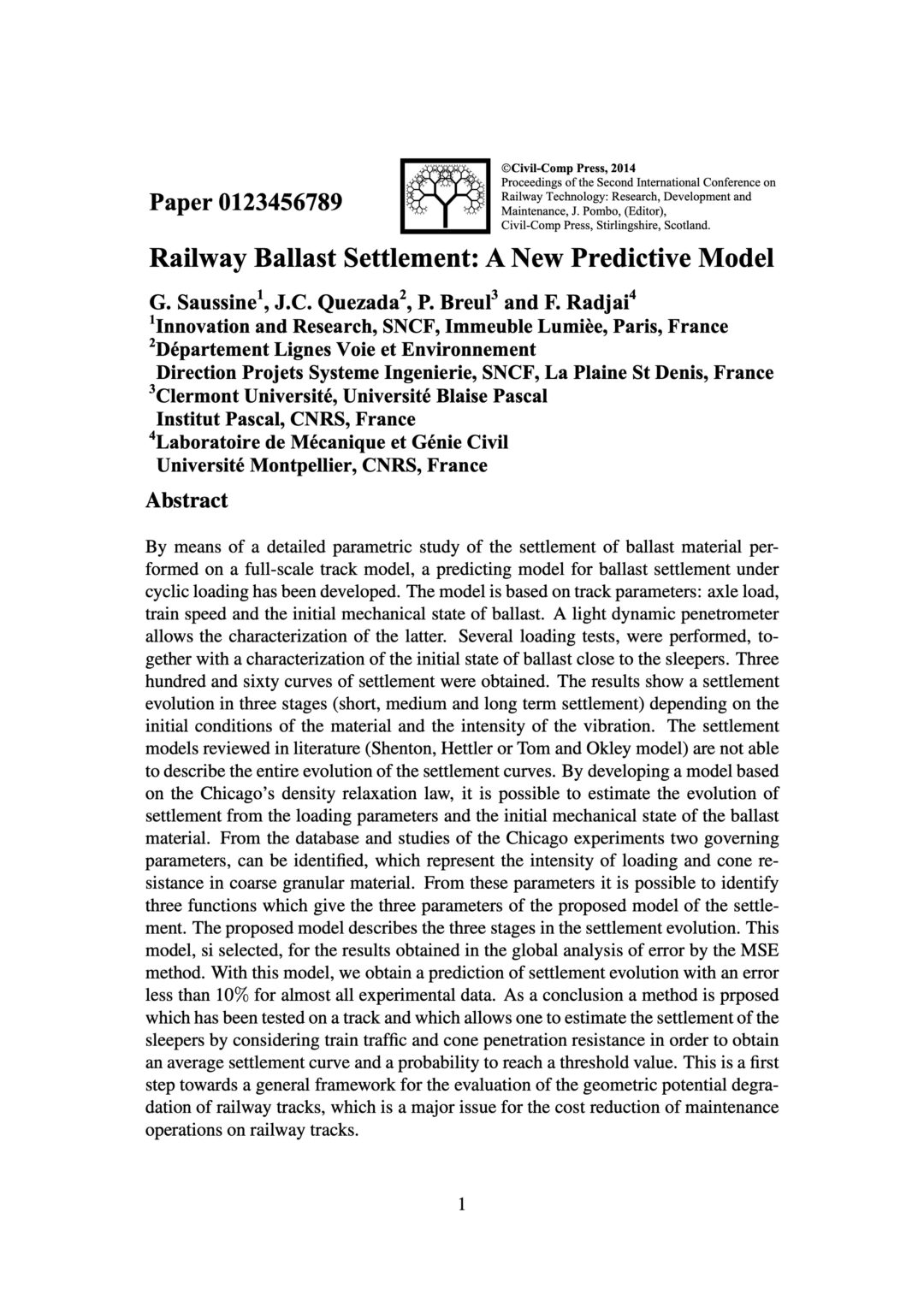
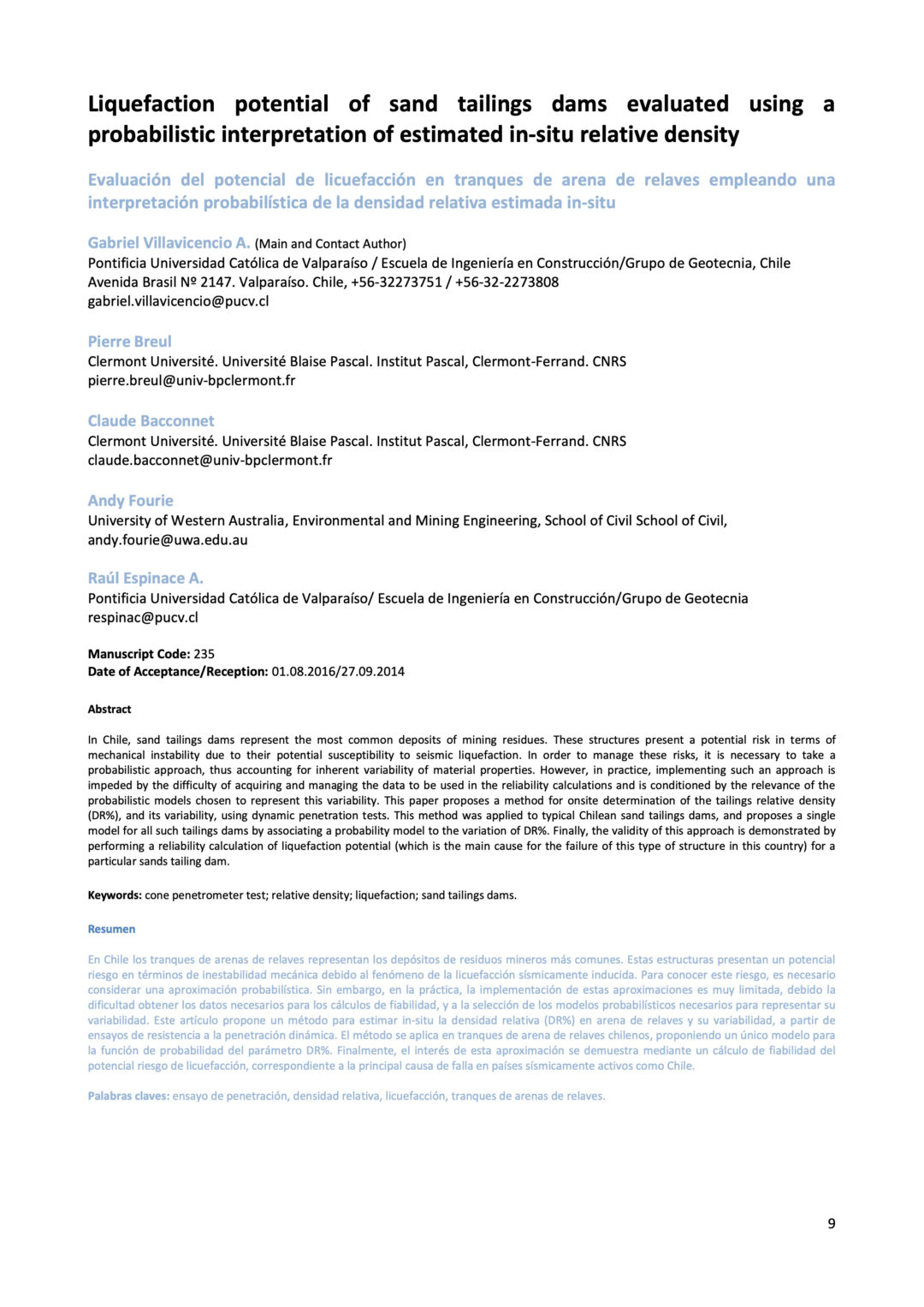
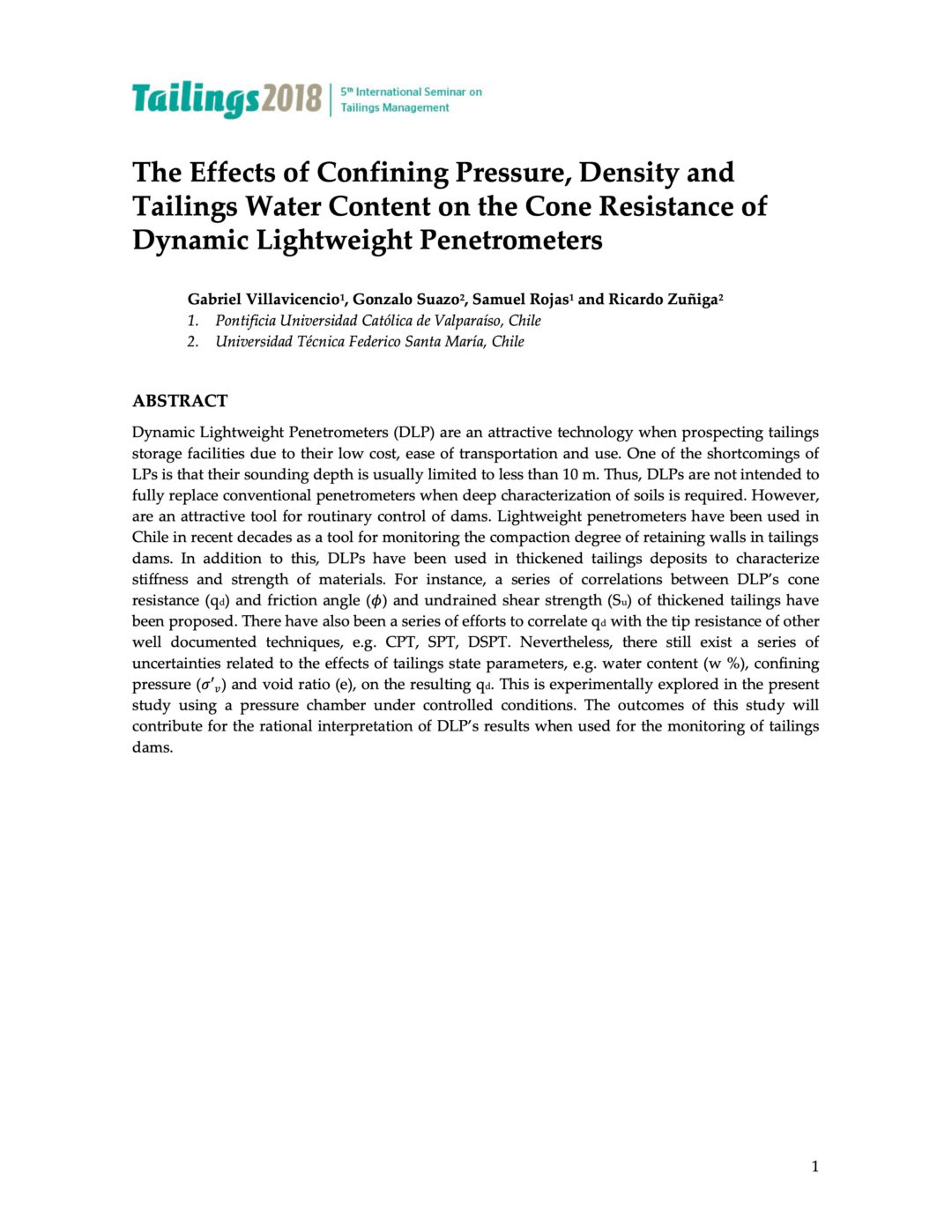
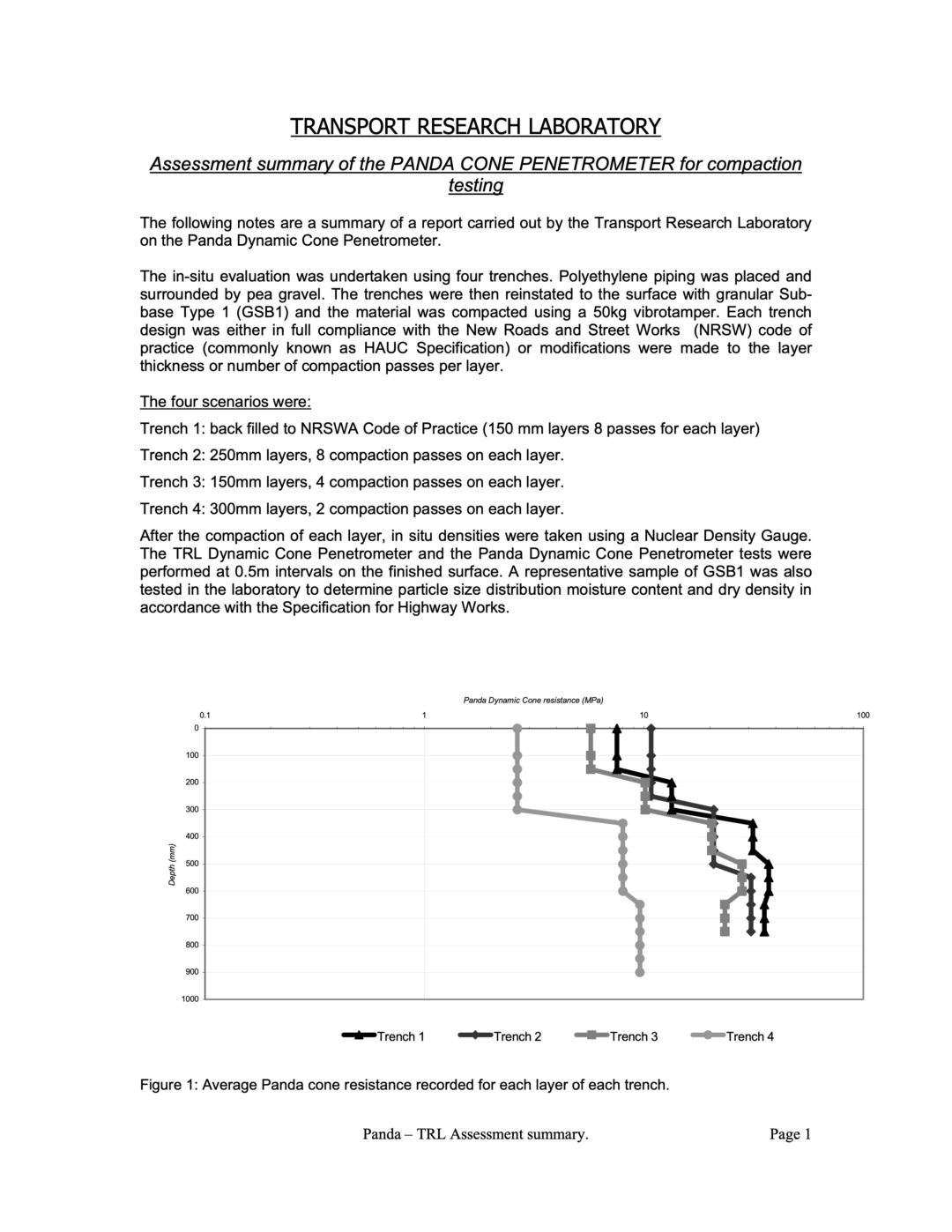
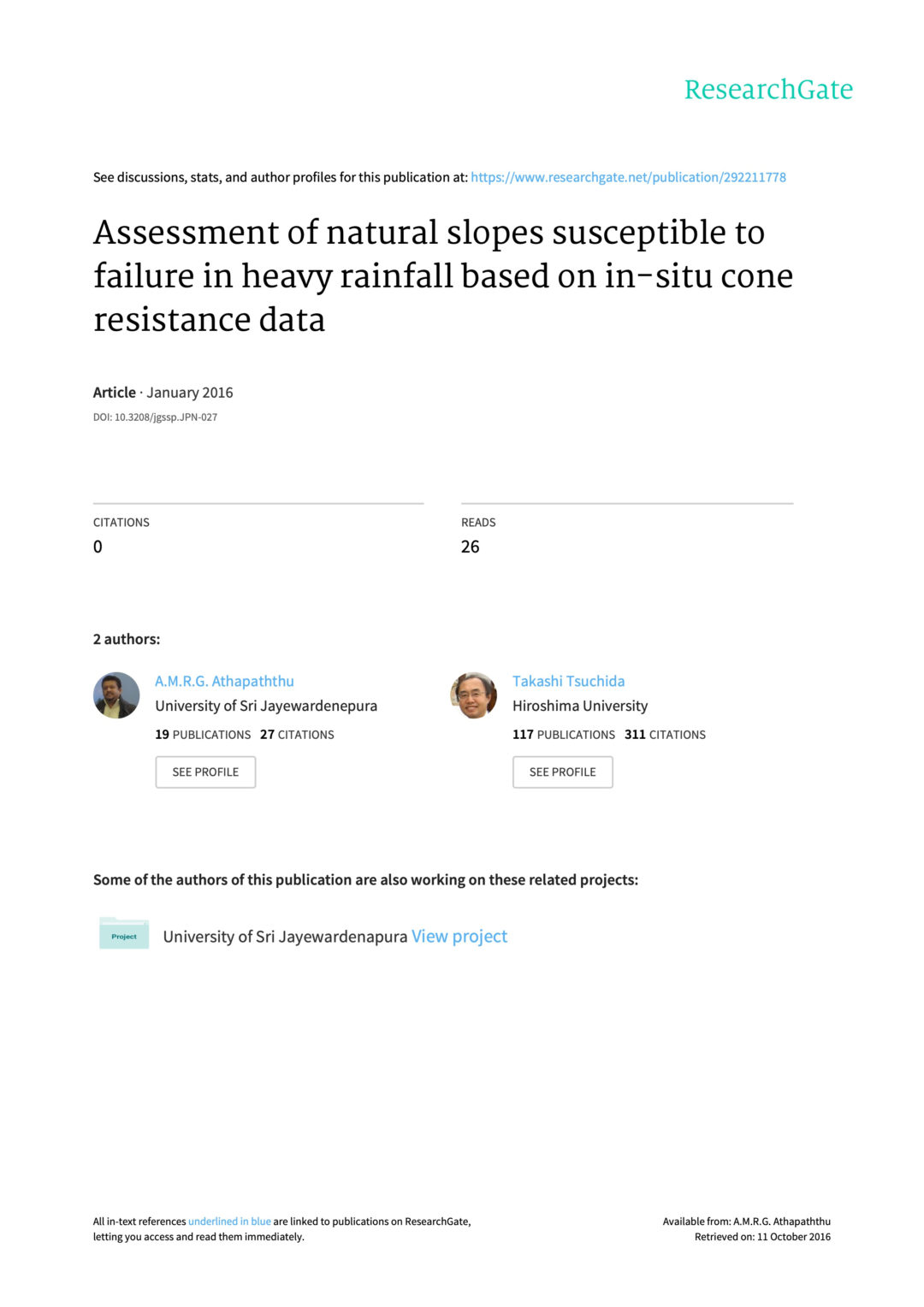
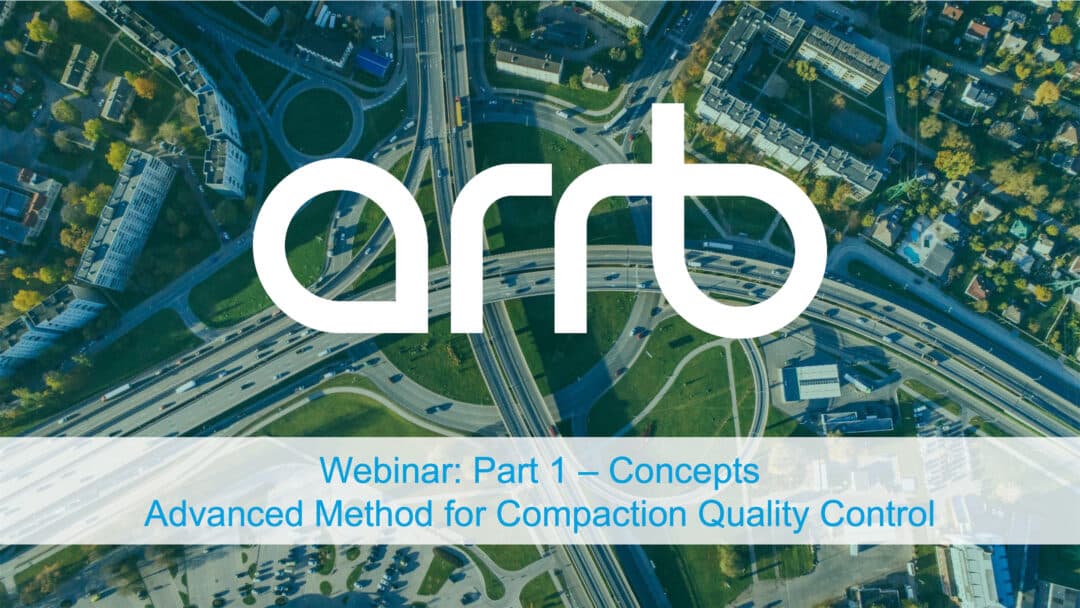
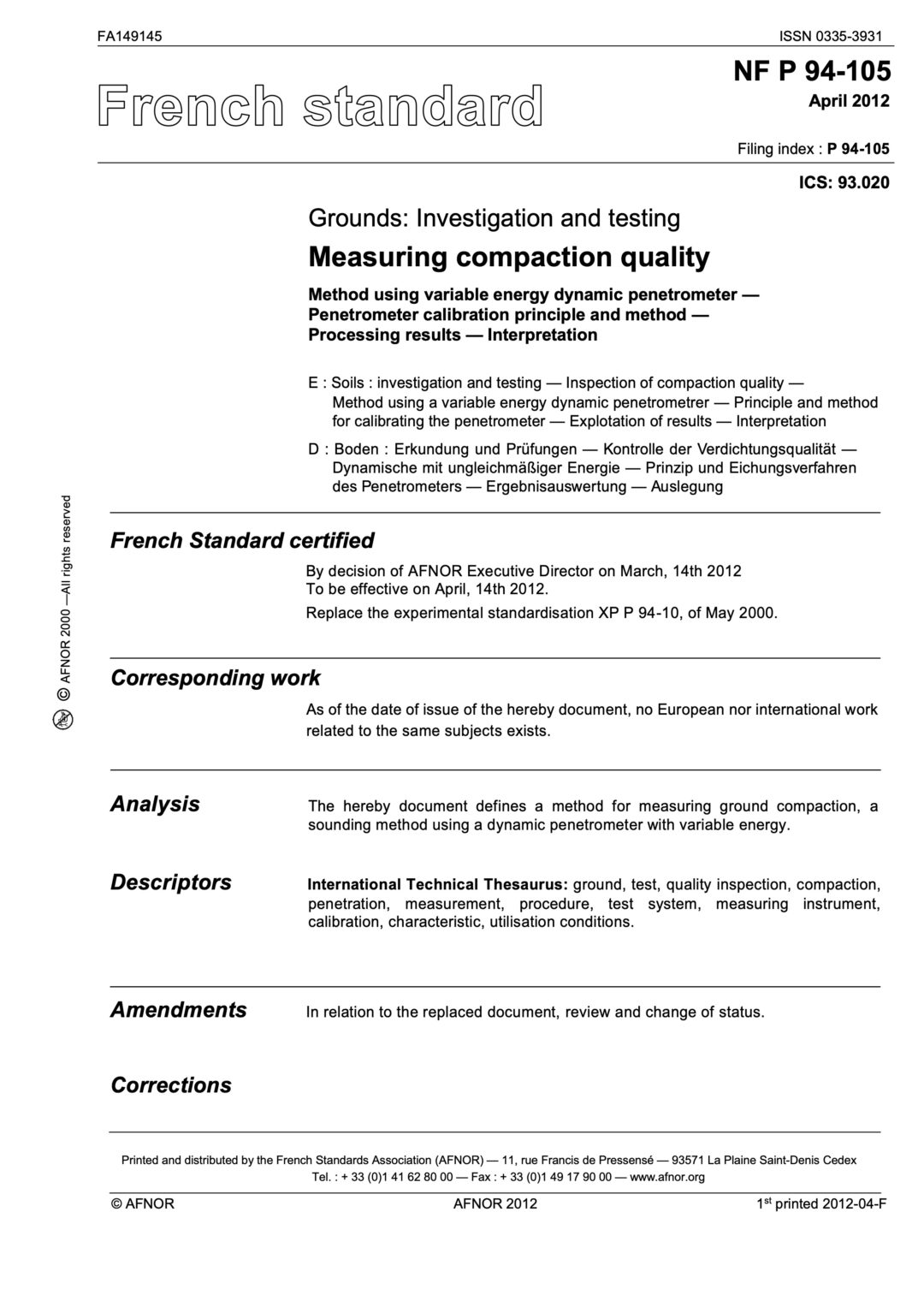
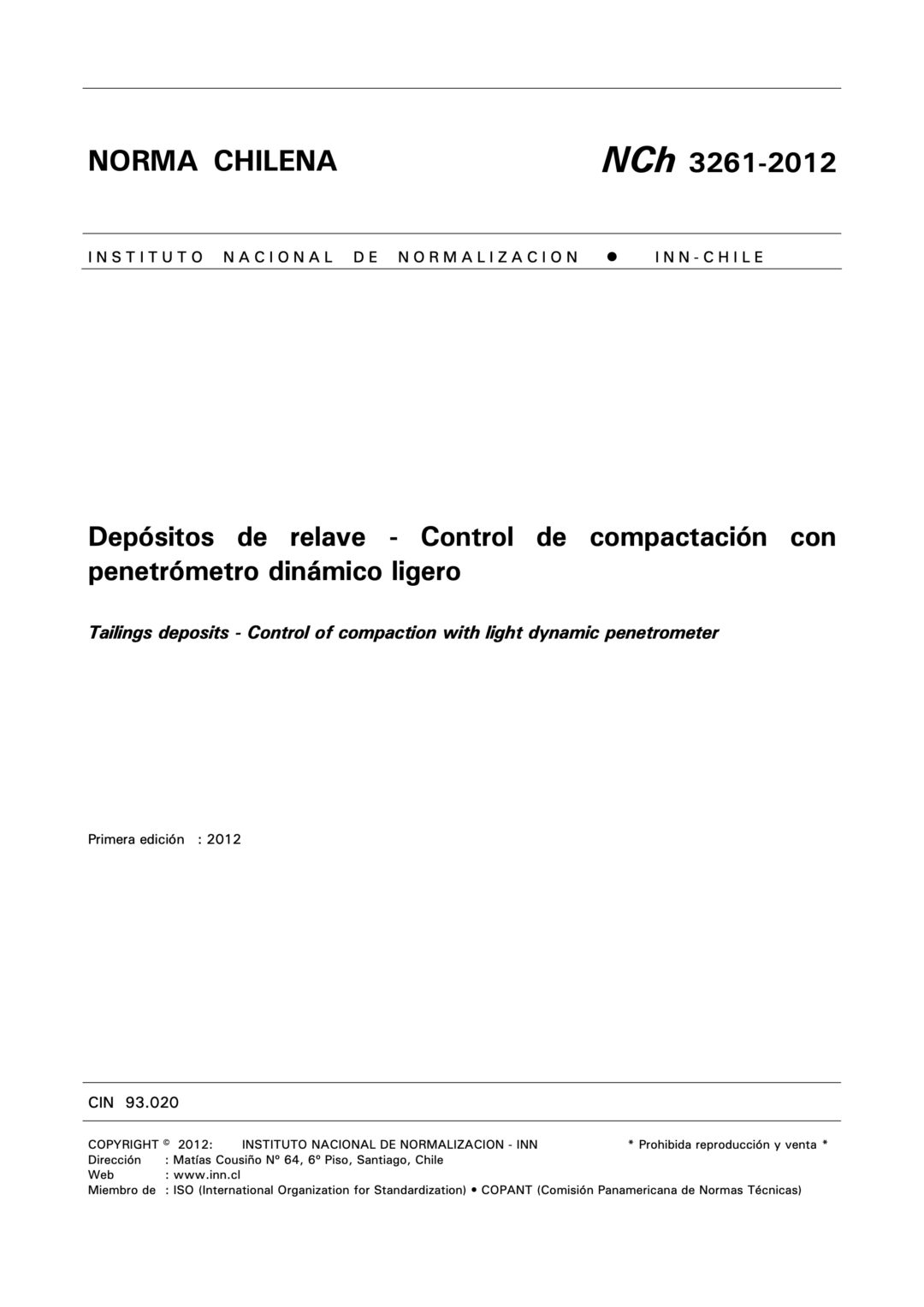
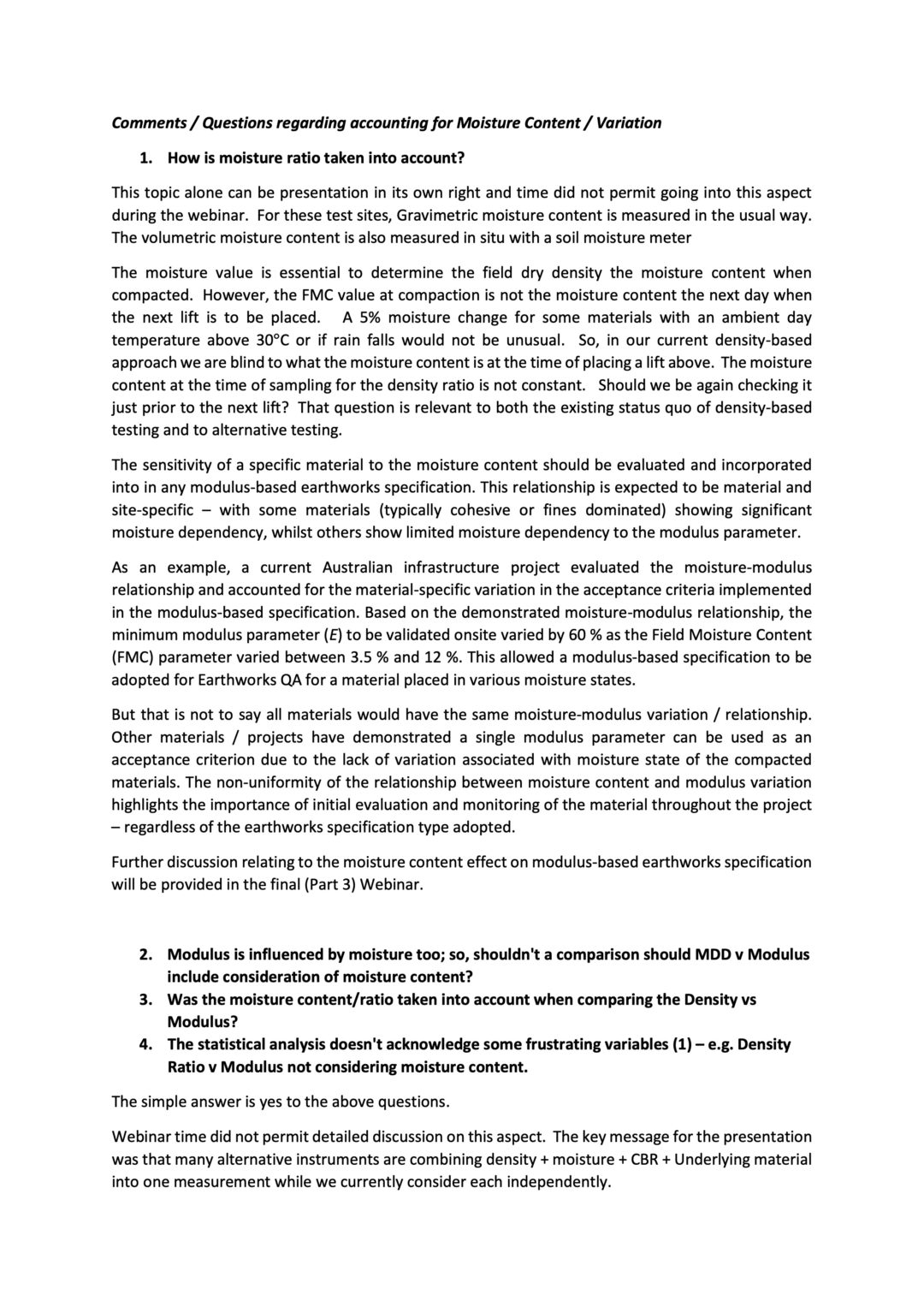
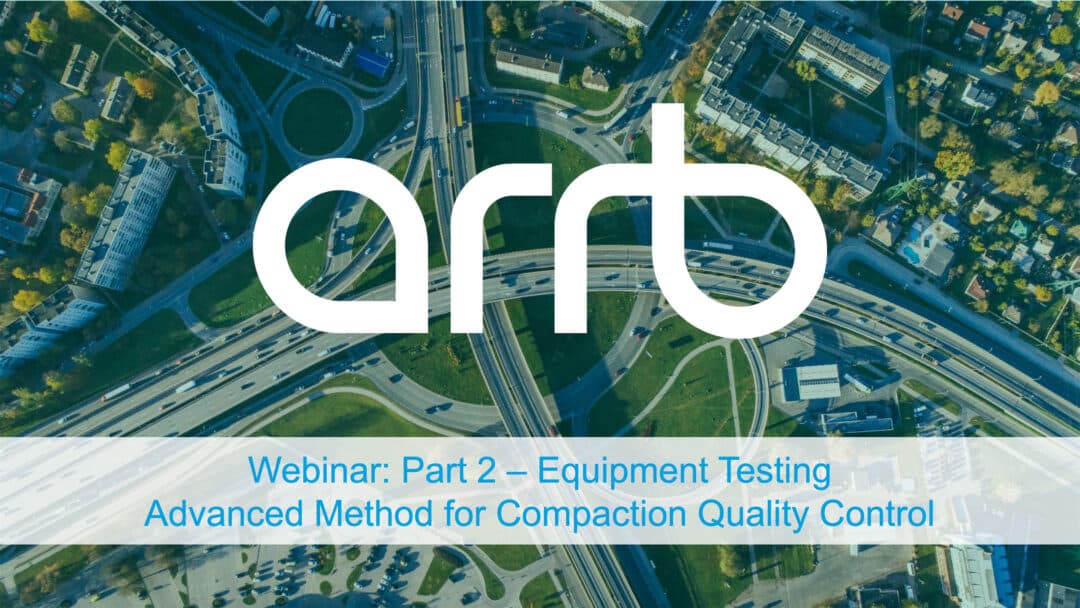
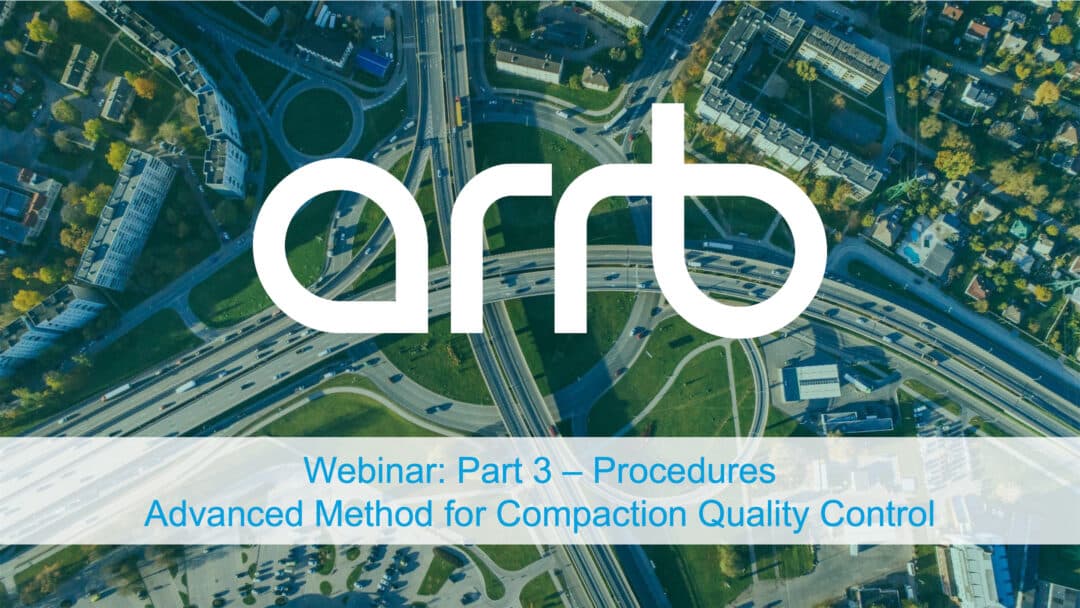
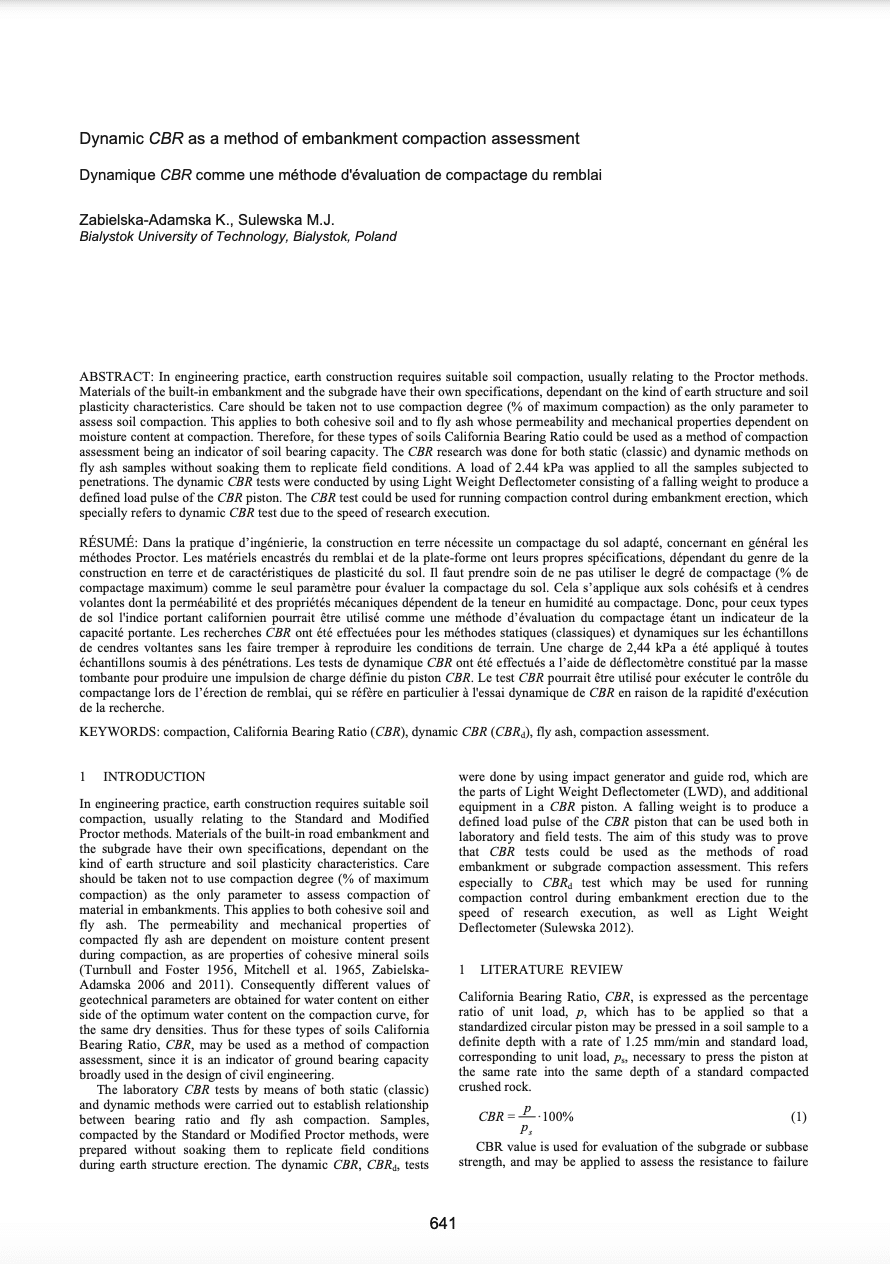
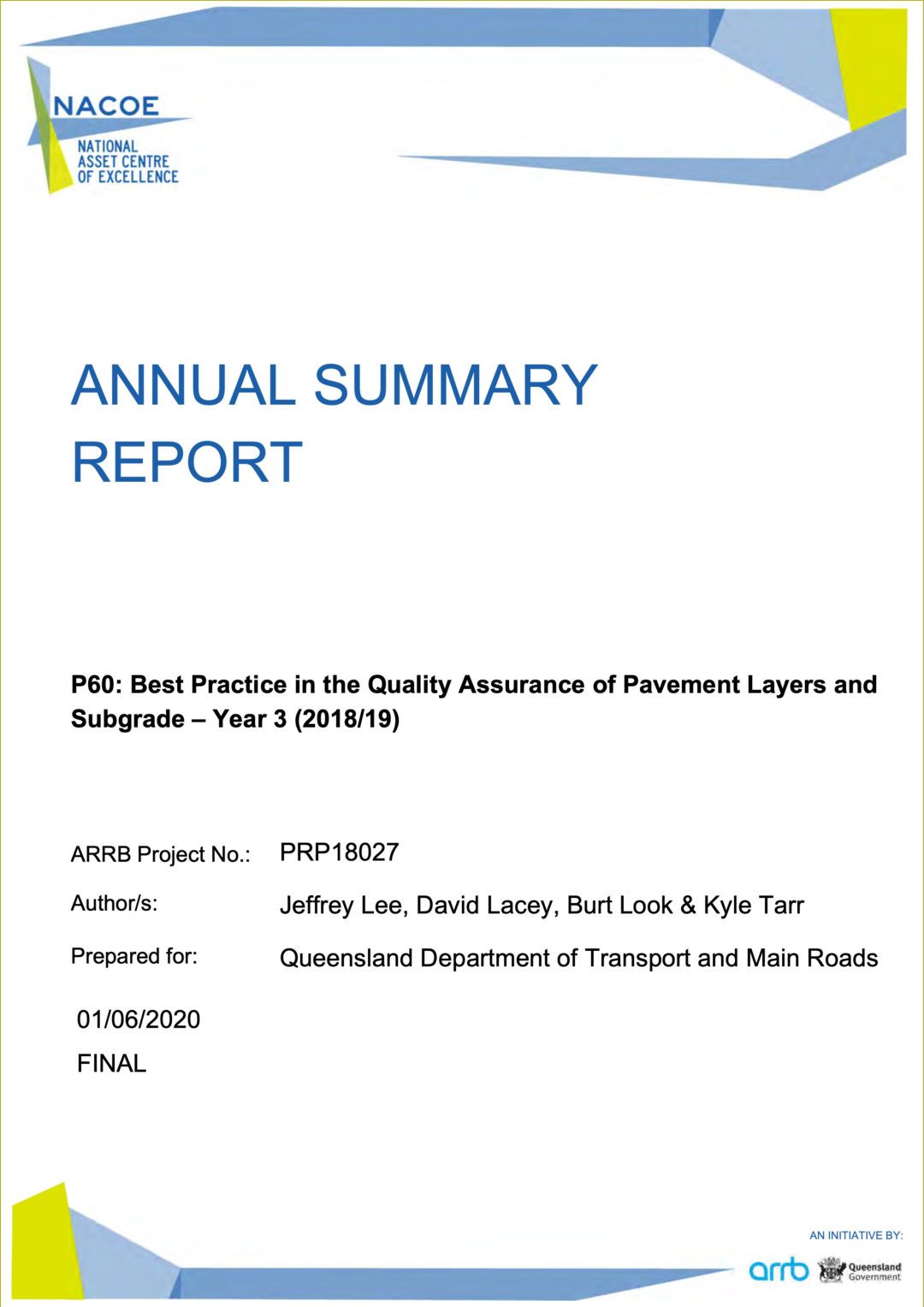
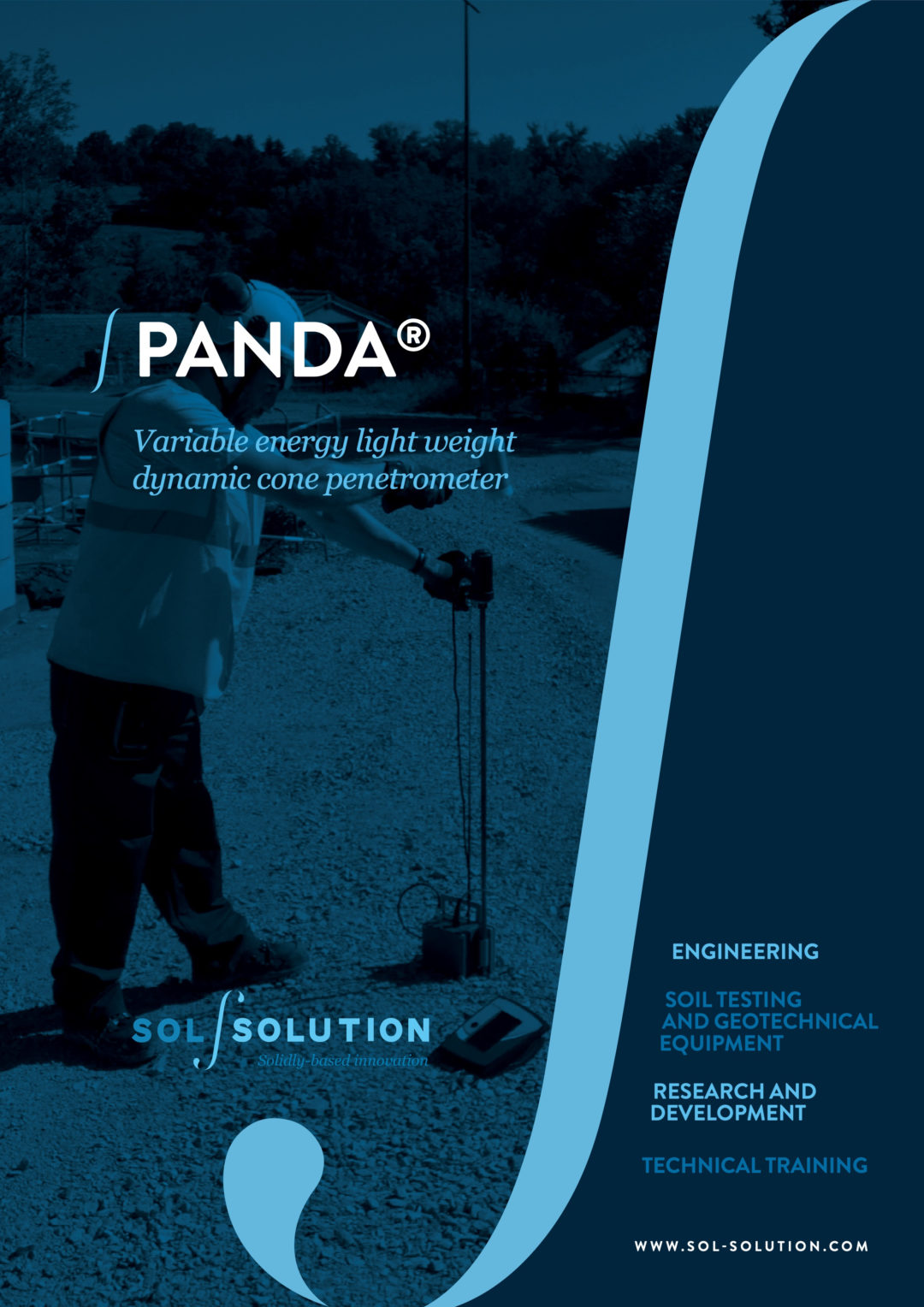
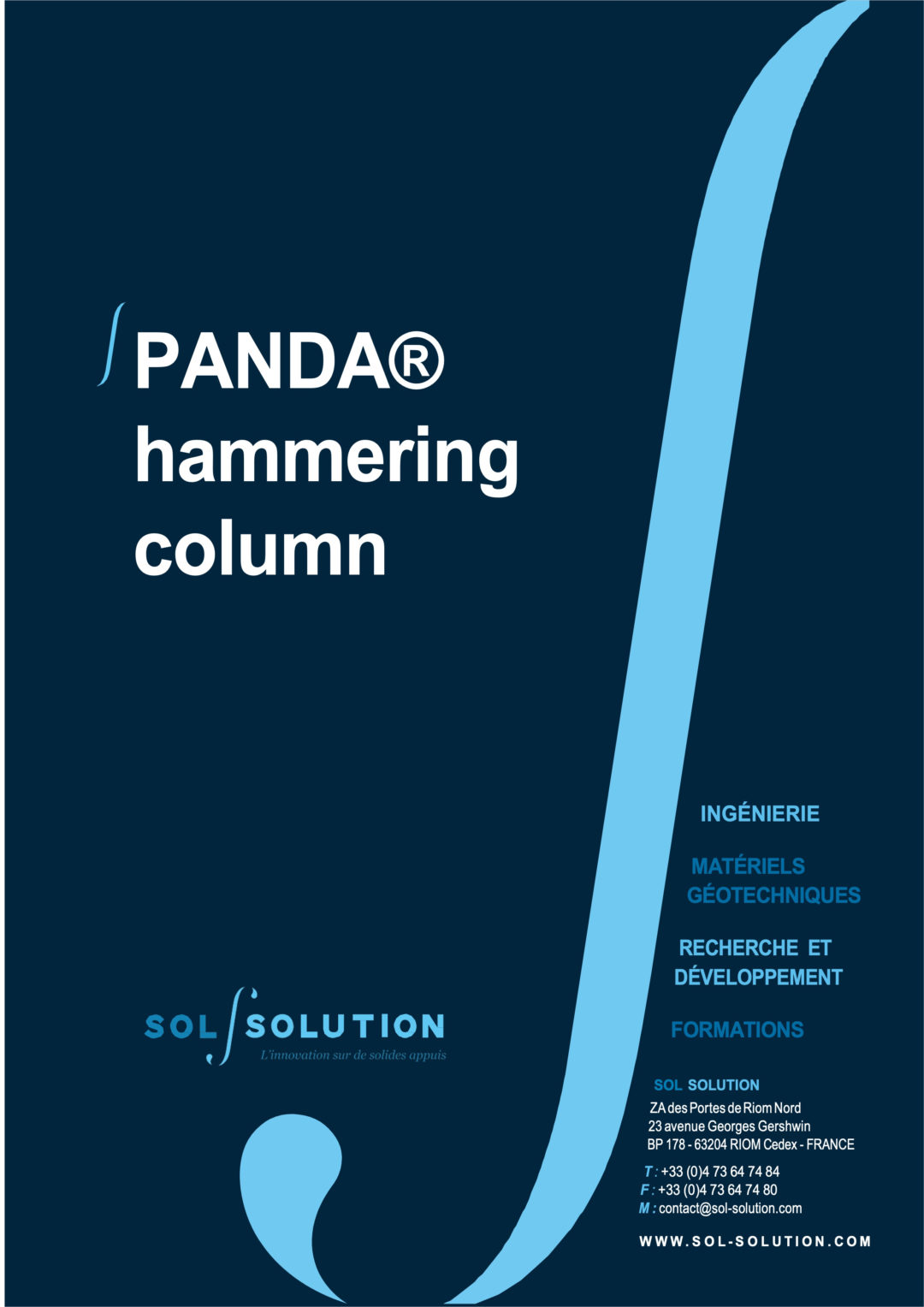
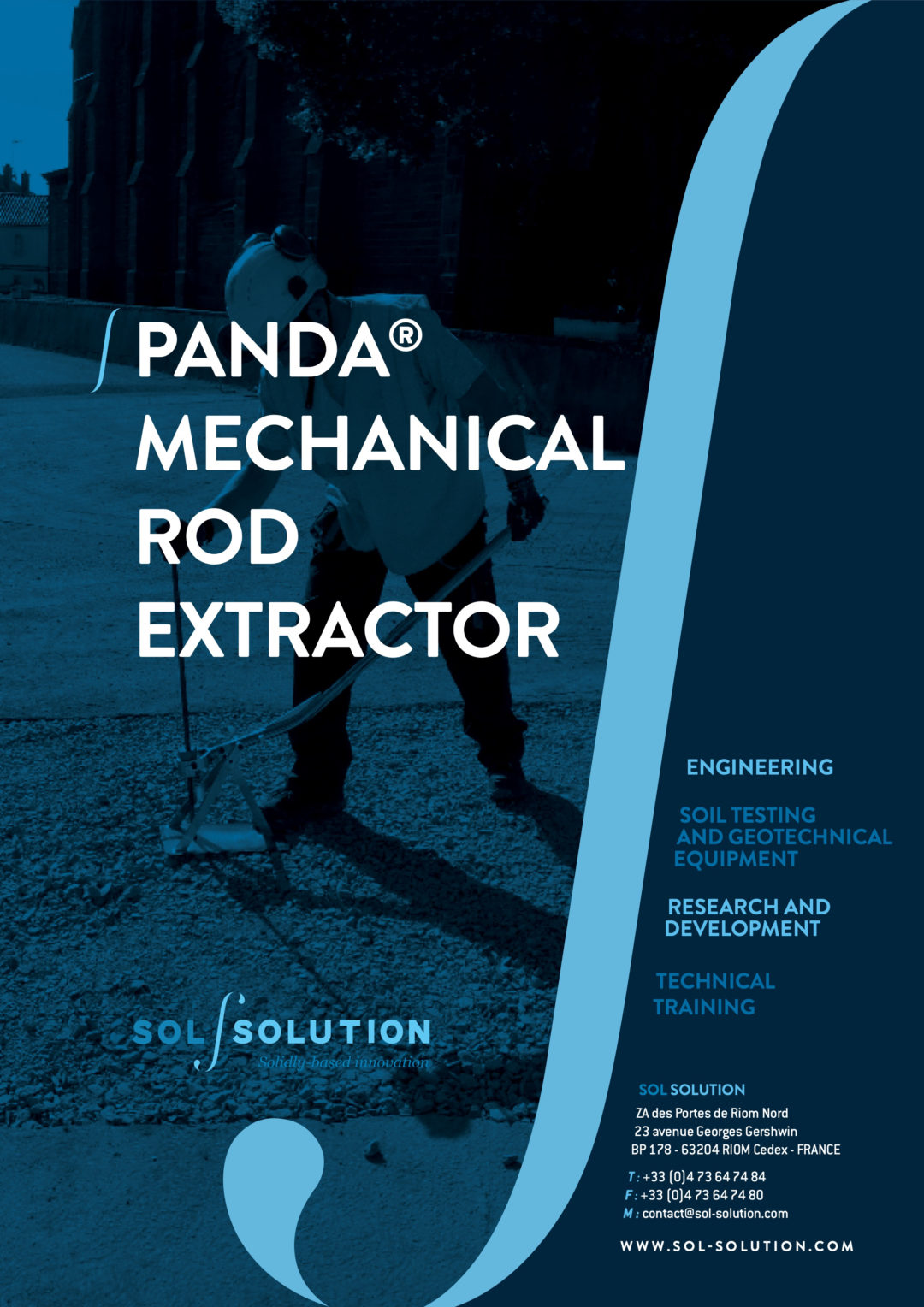
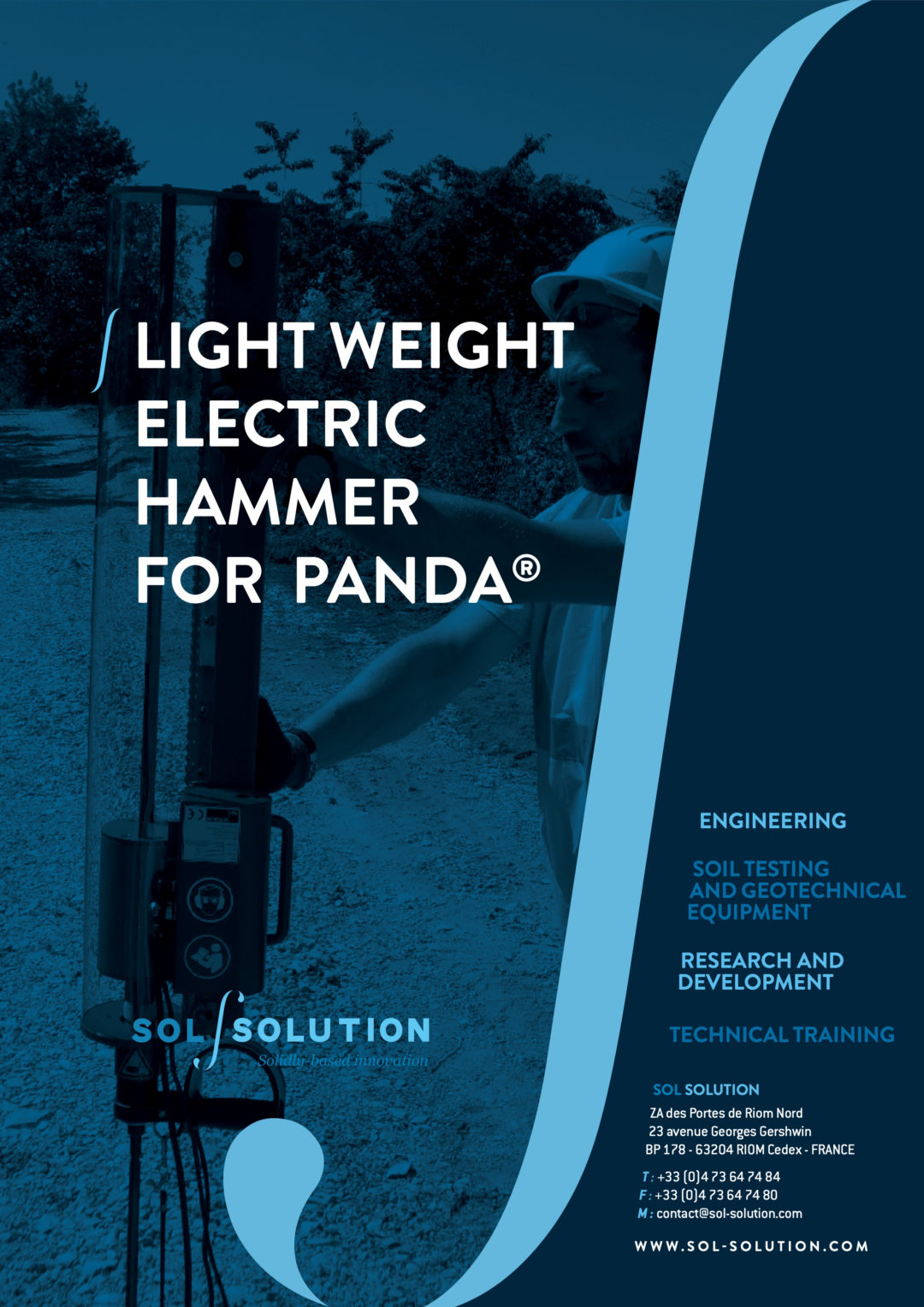
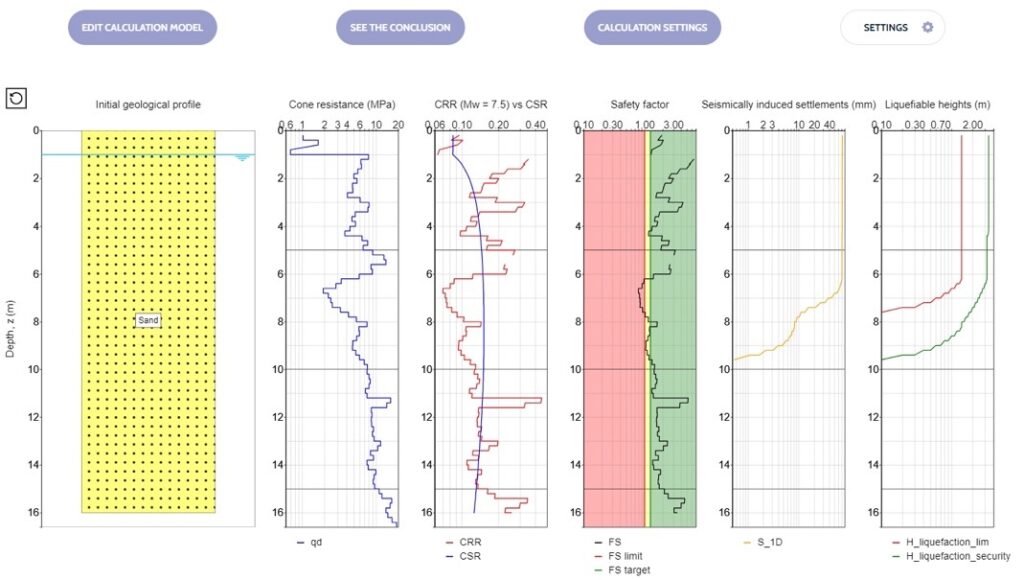
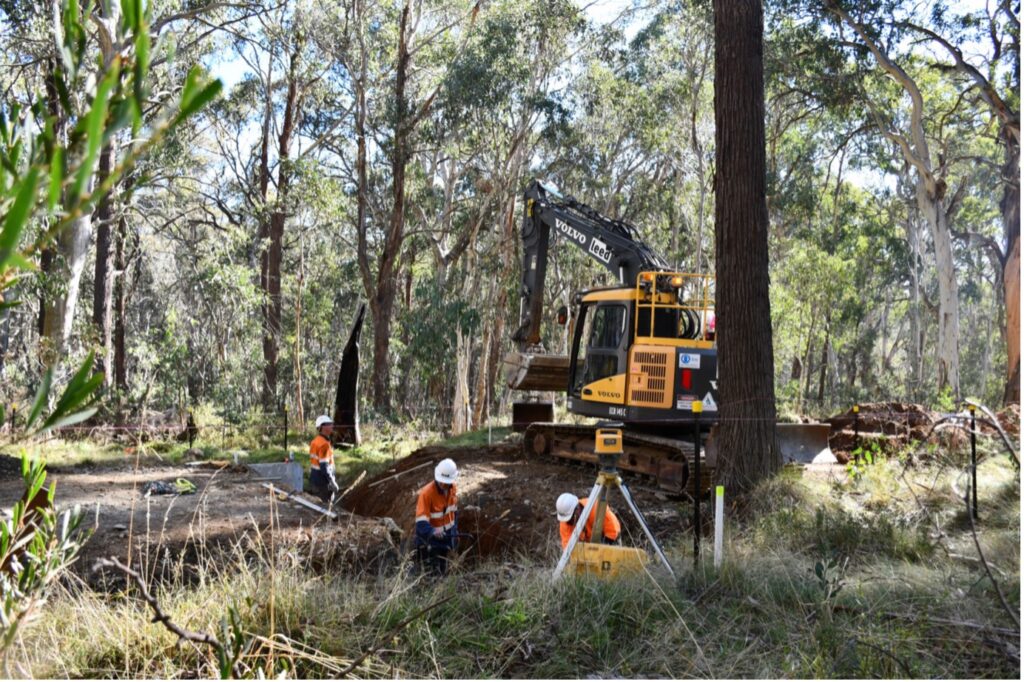
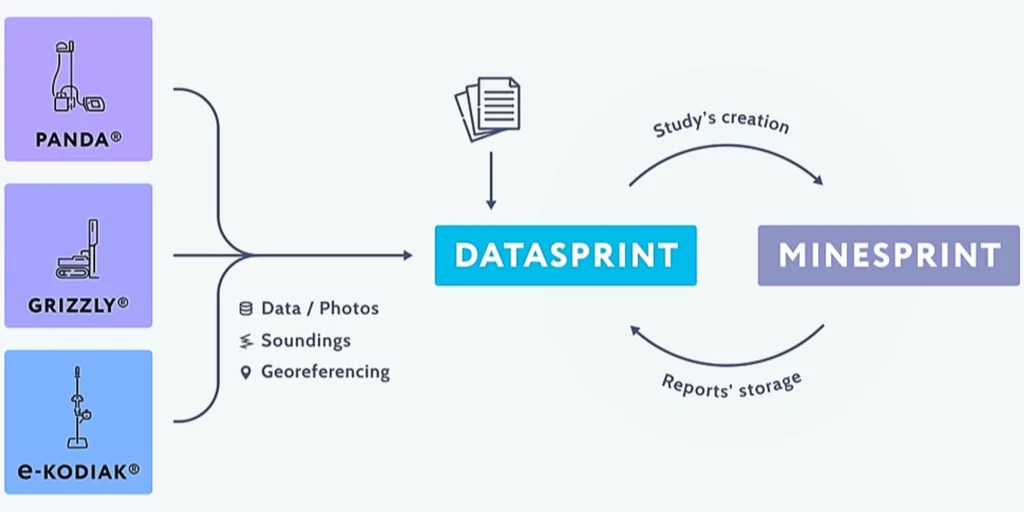
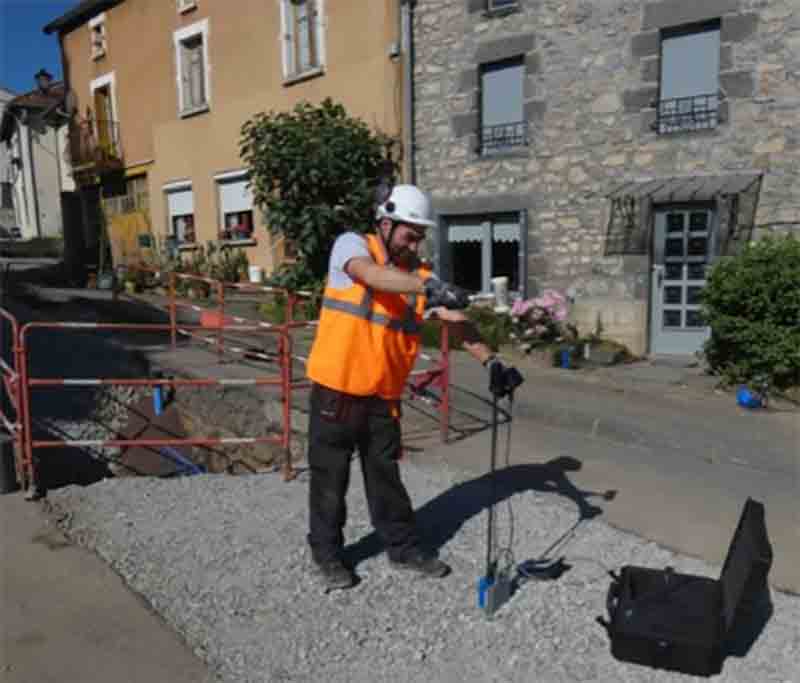
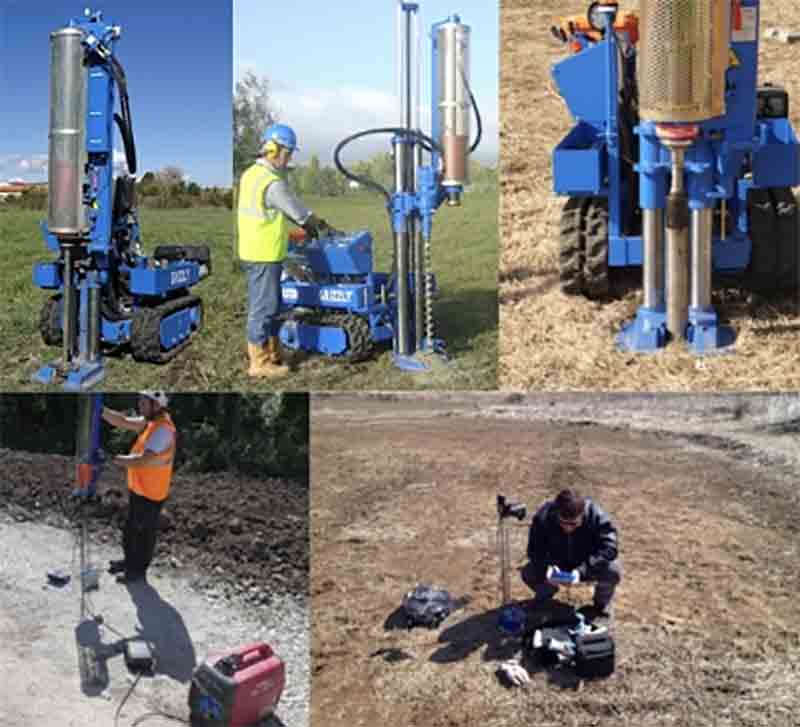
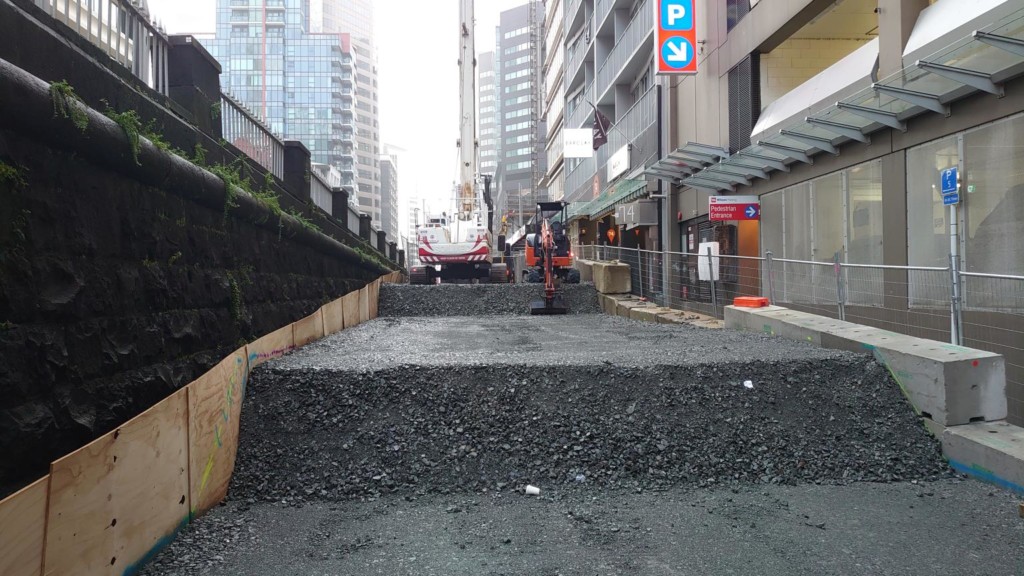
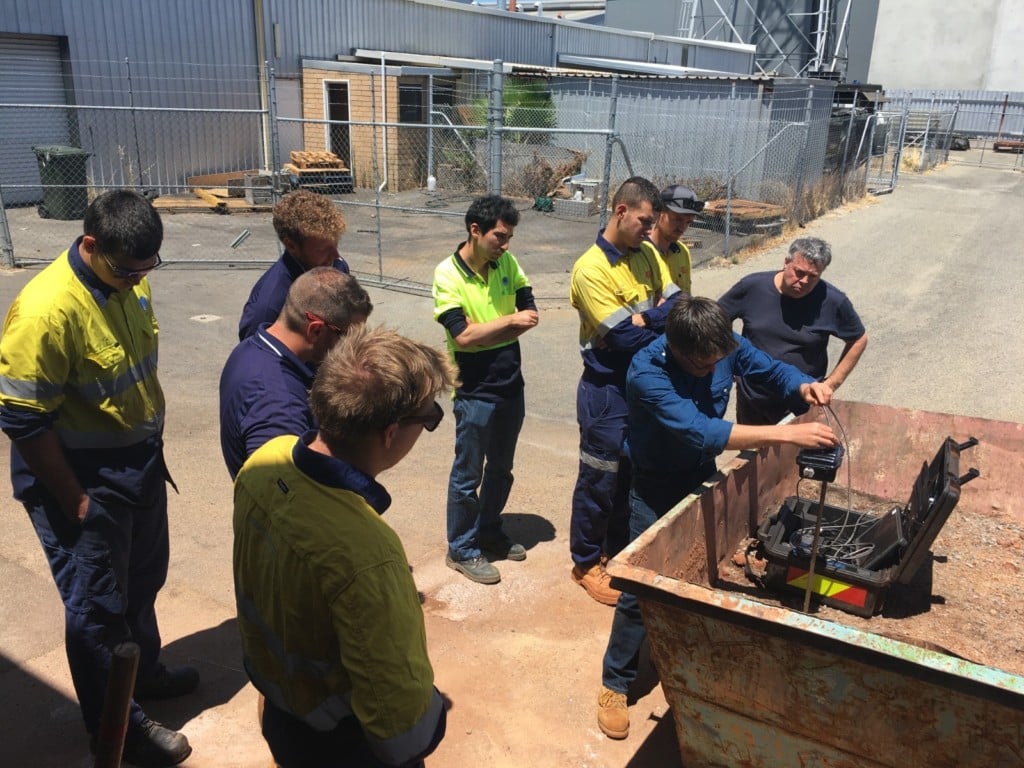
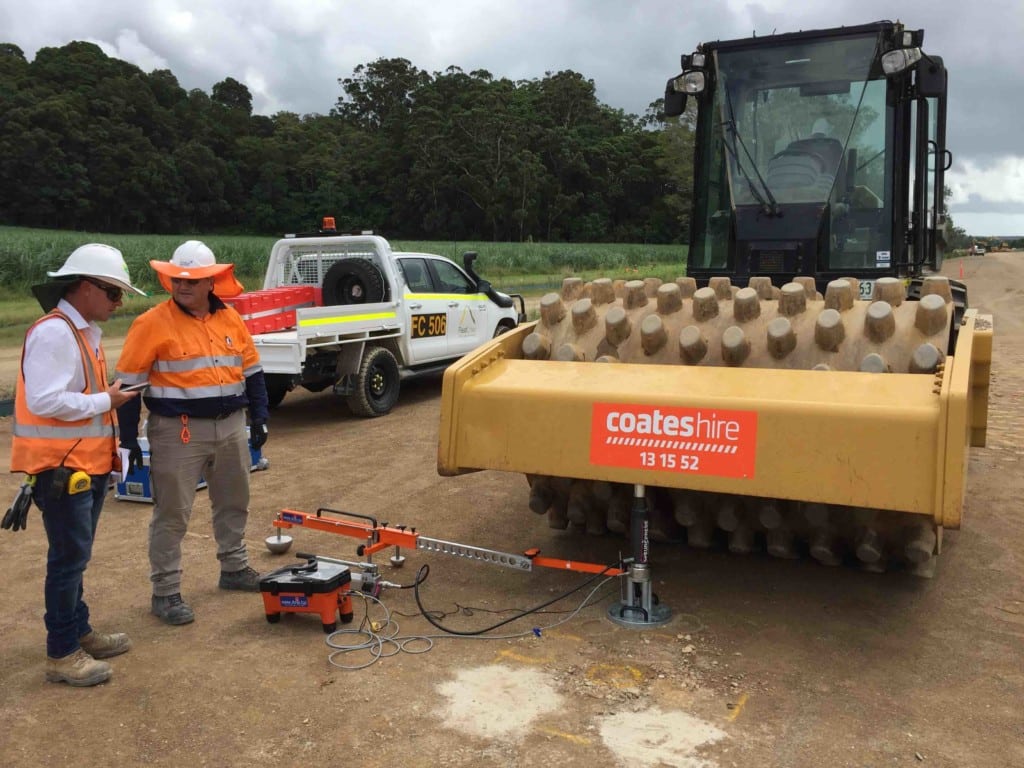
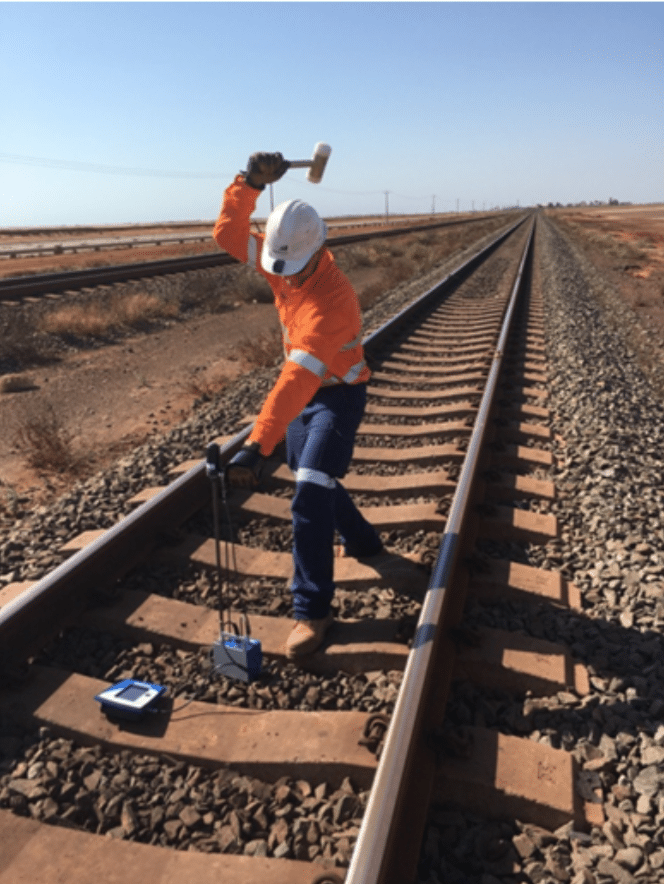
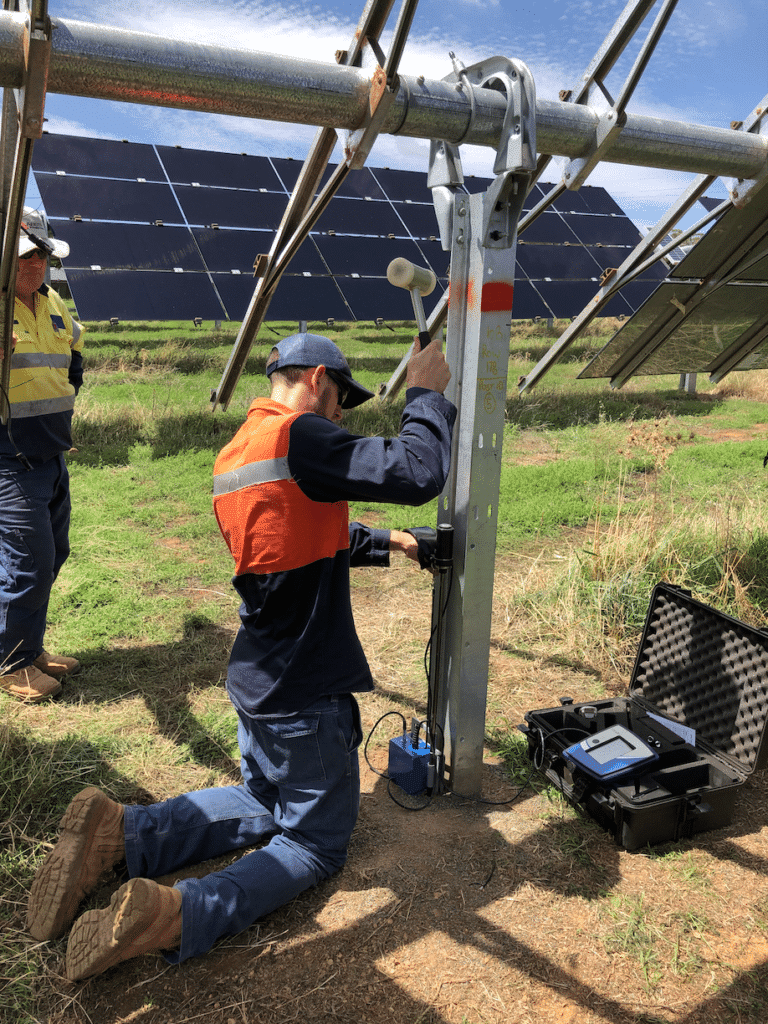
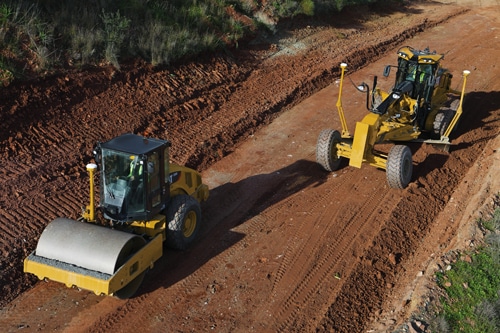
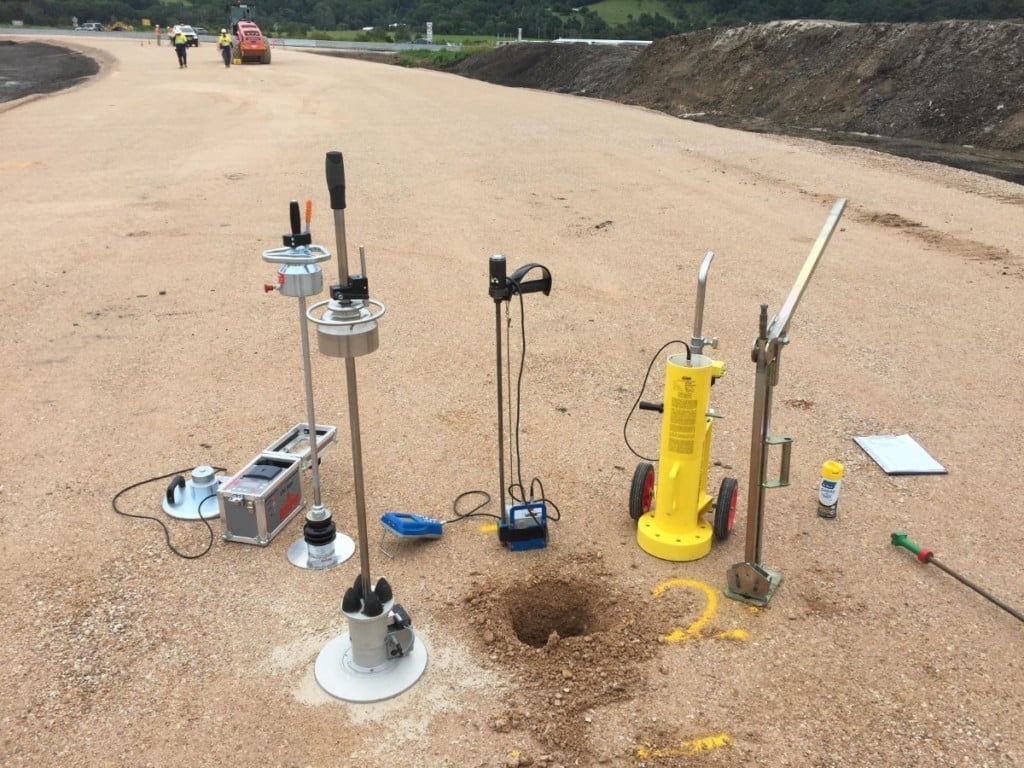
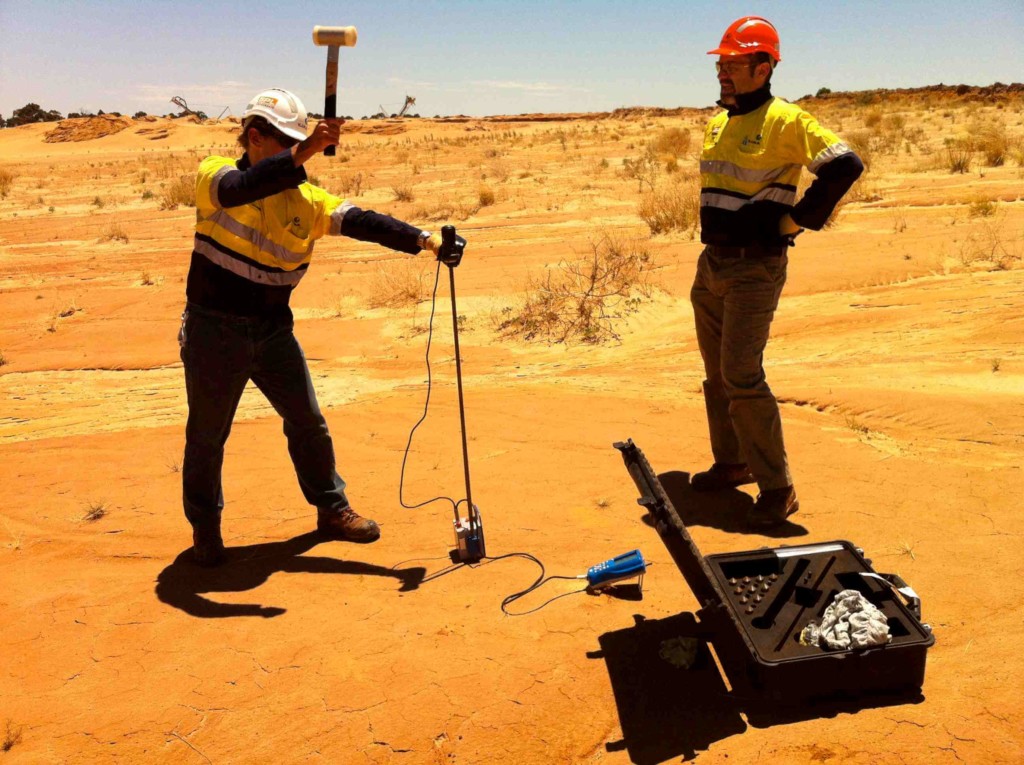

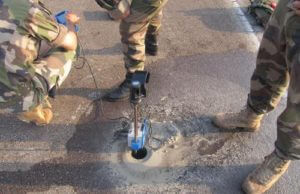 More than 3000 PANDA® Probe units have been distributed to:
More than 3000 PANDA® Probe units have been distributed to: